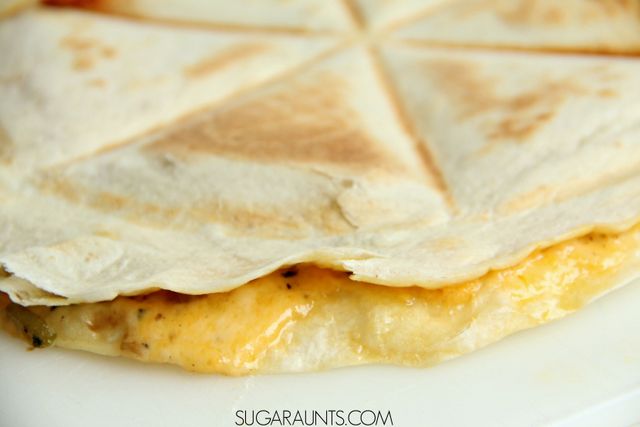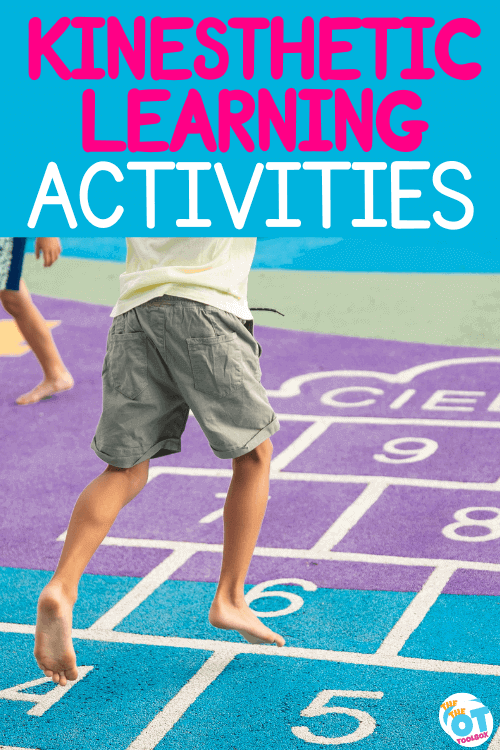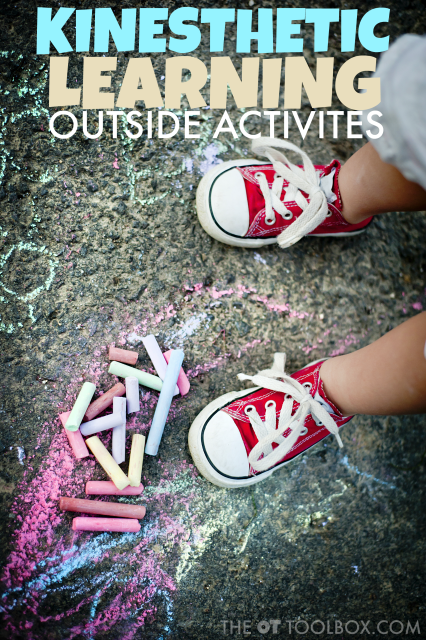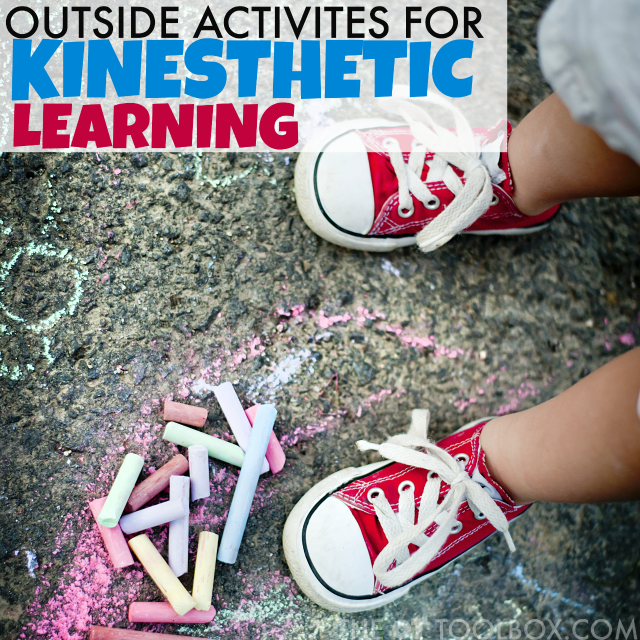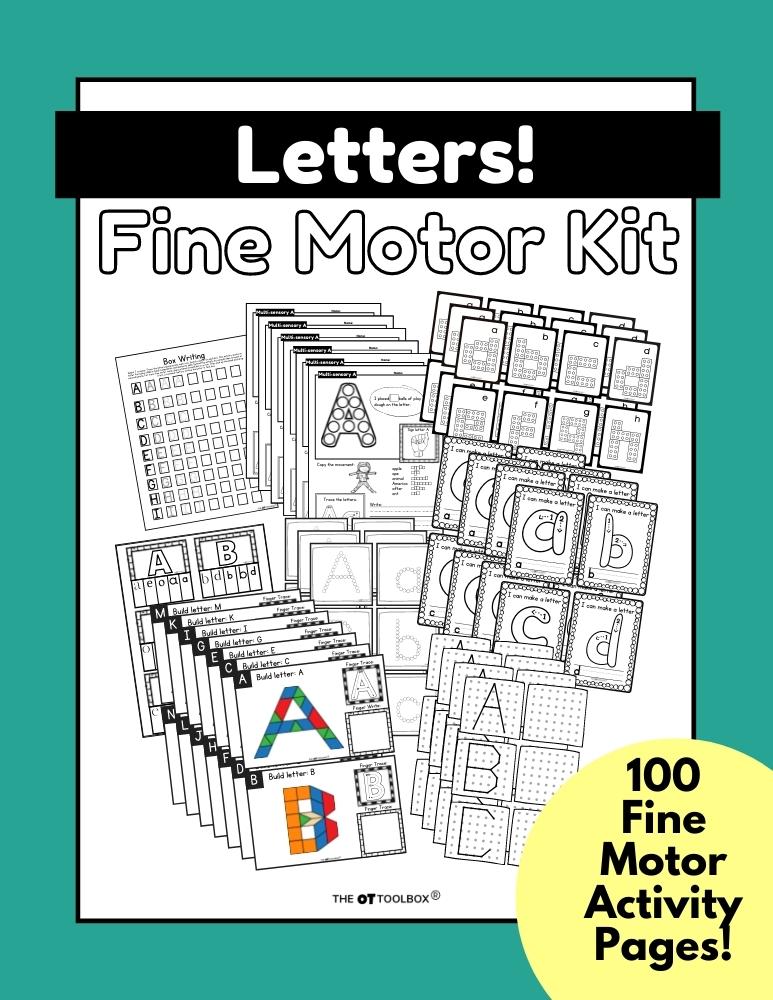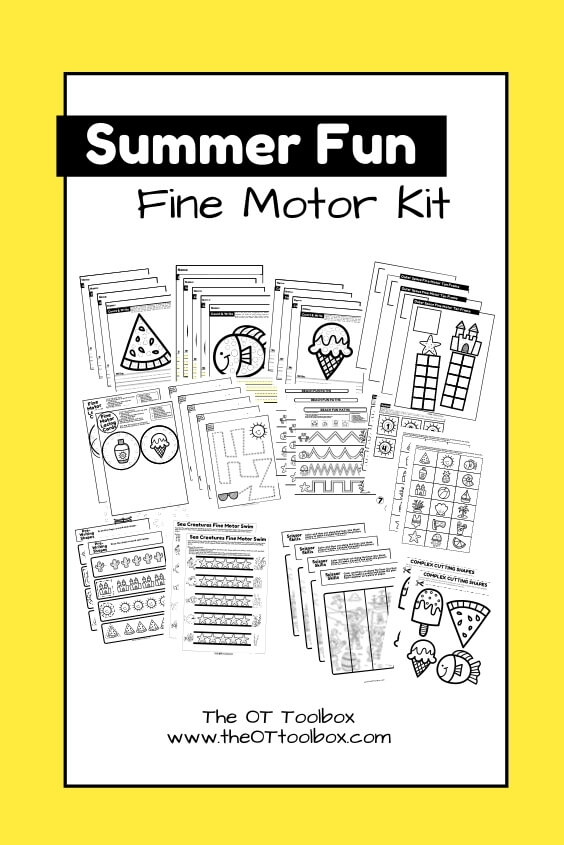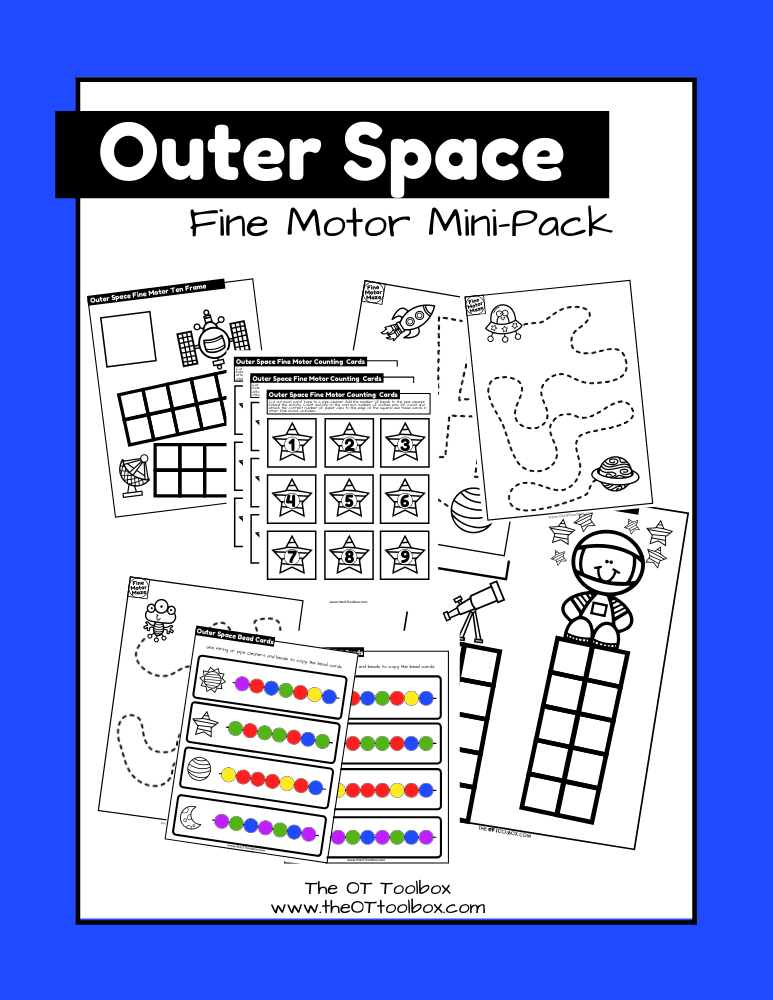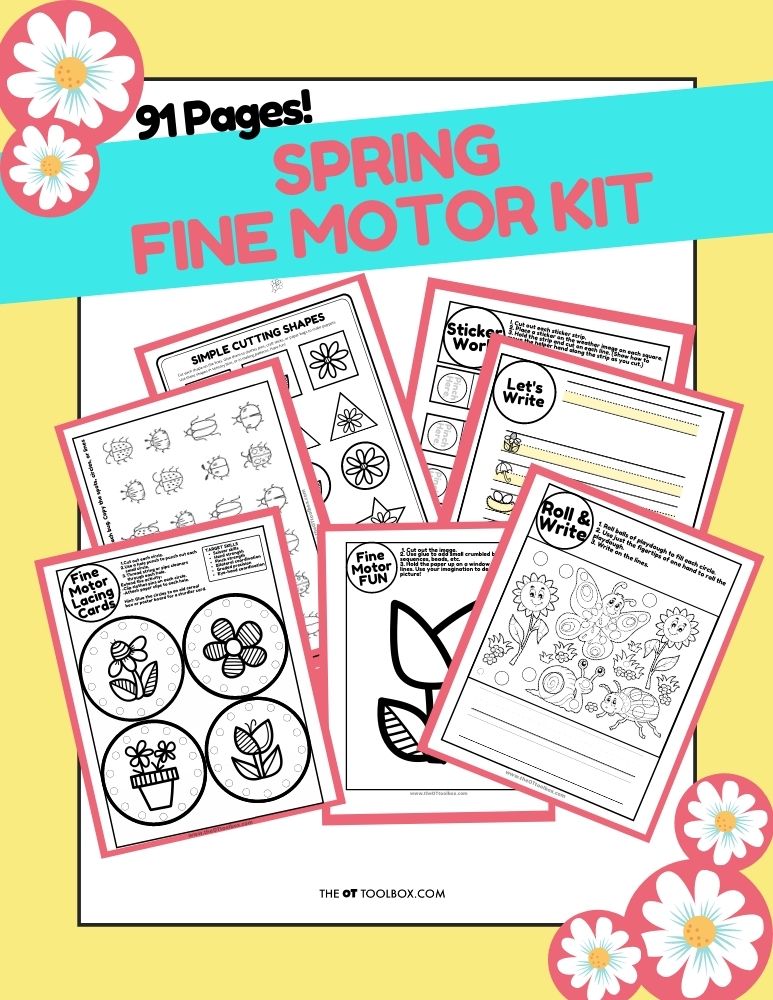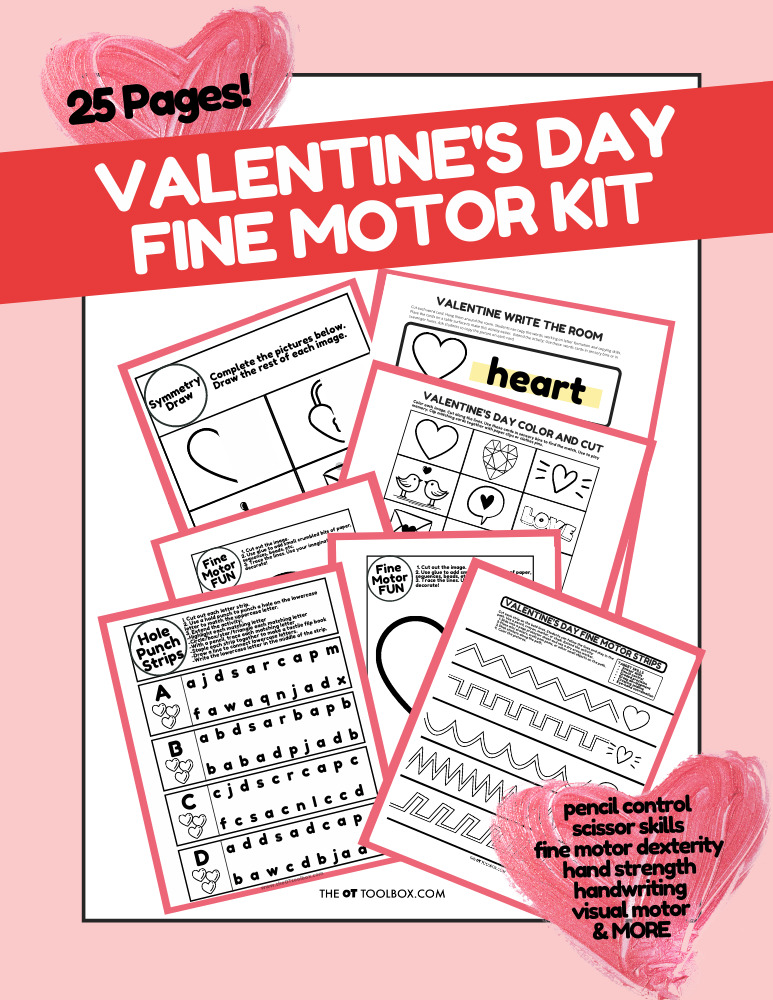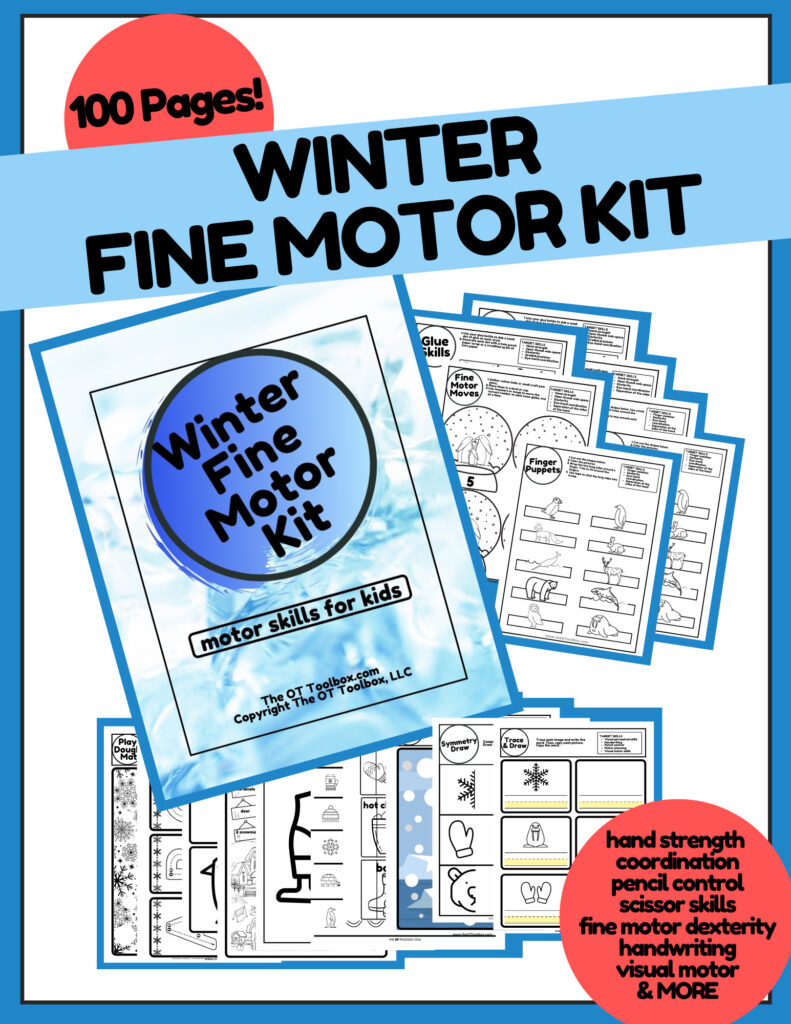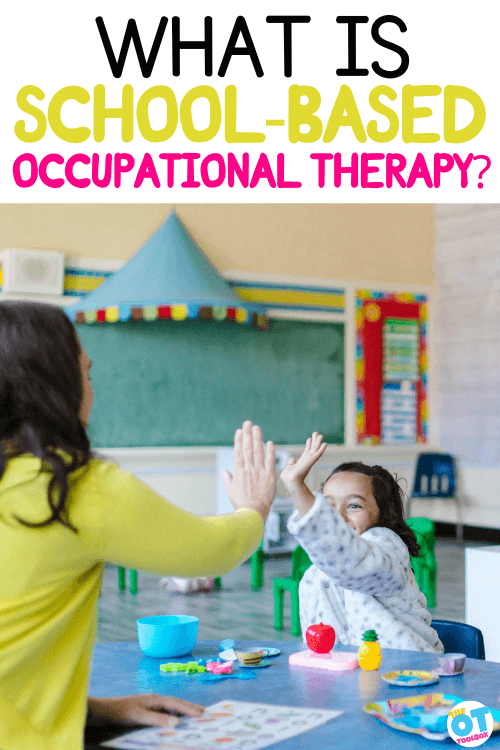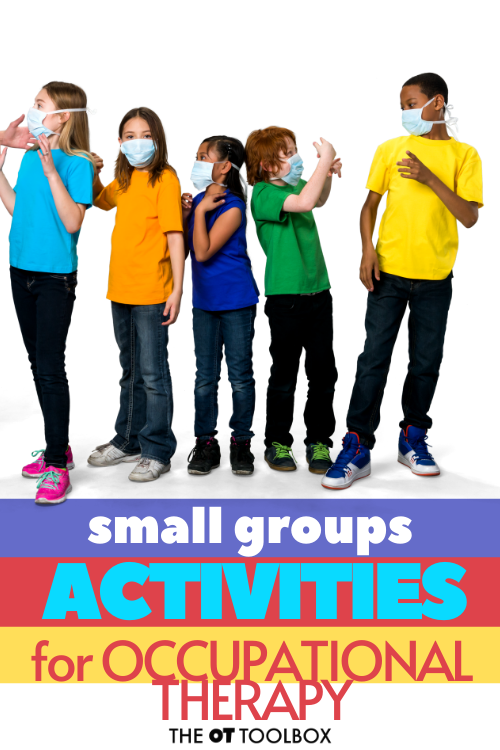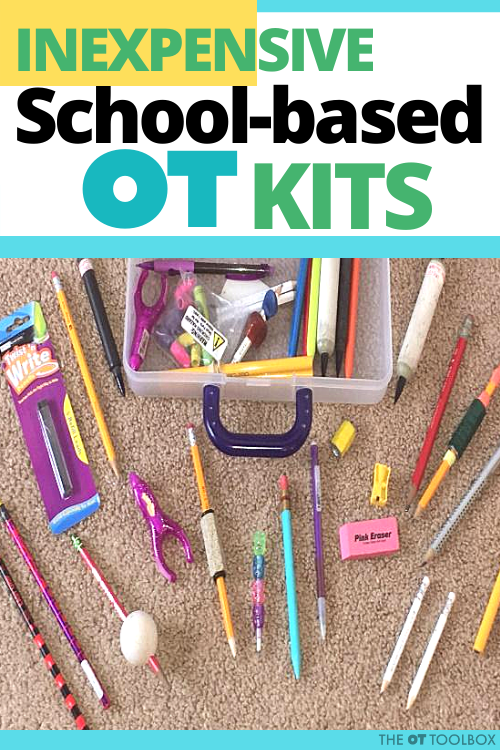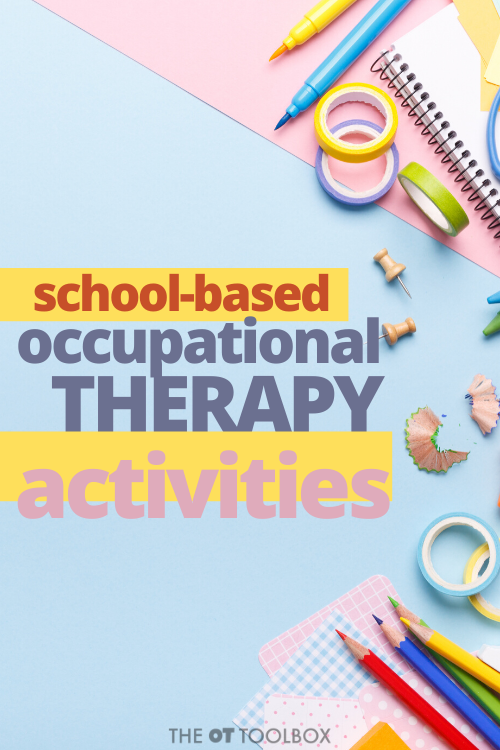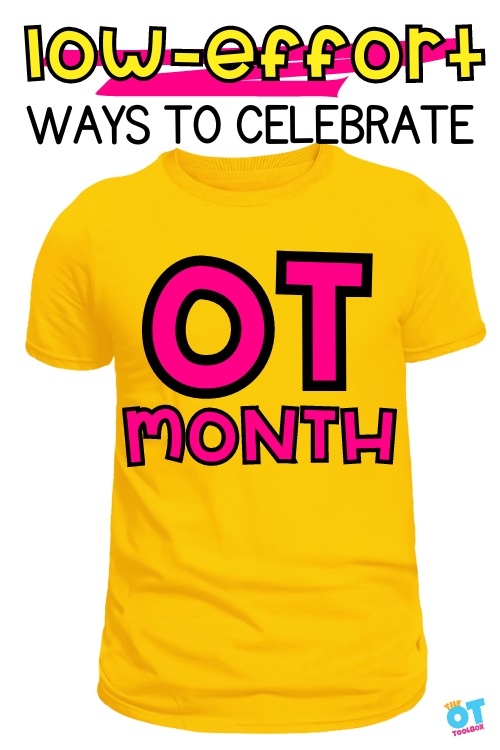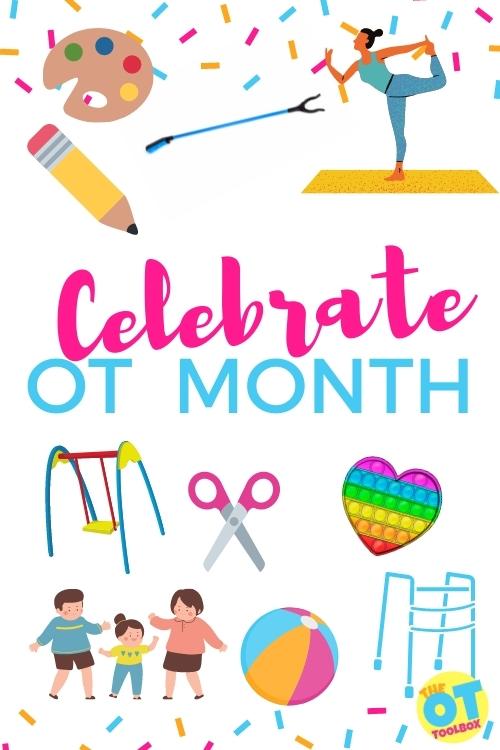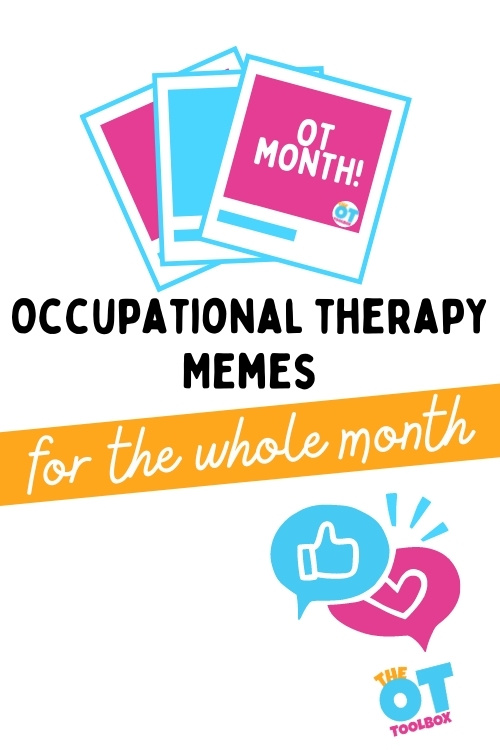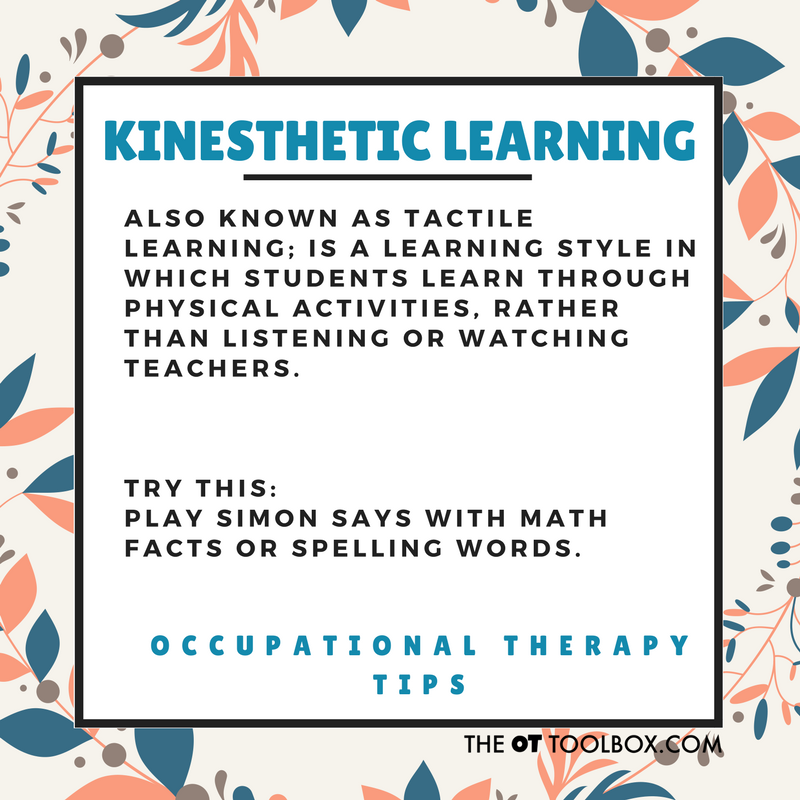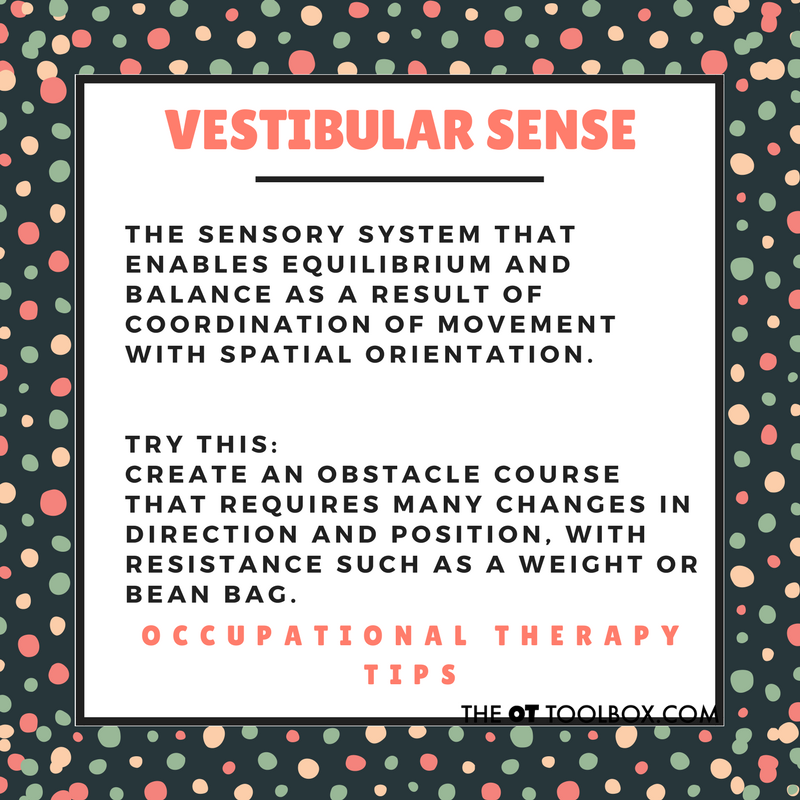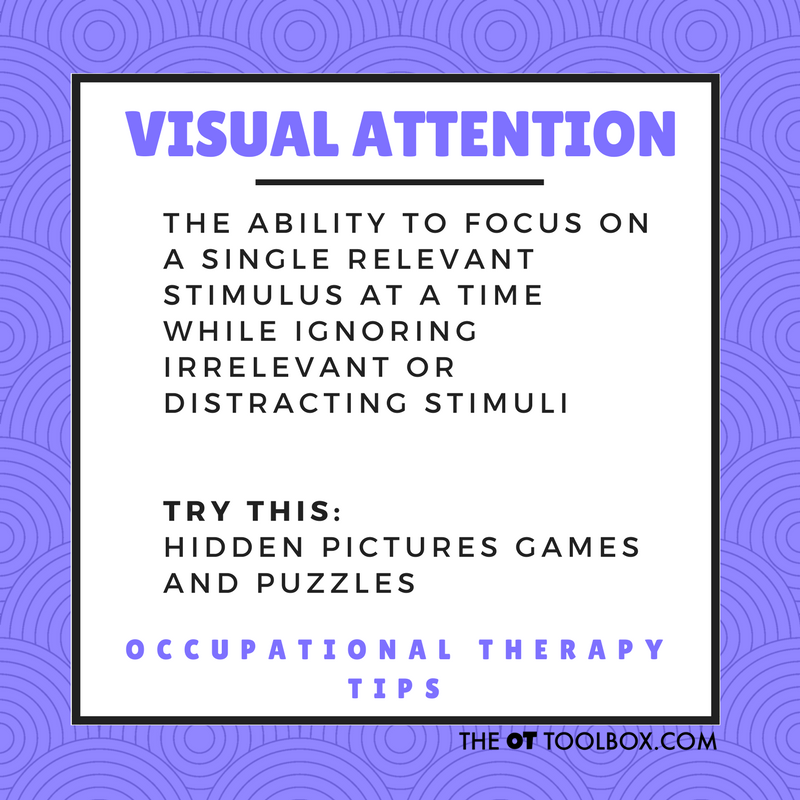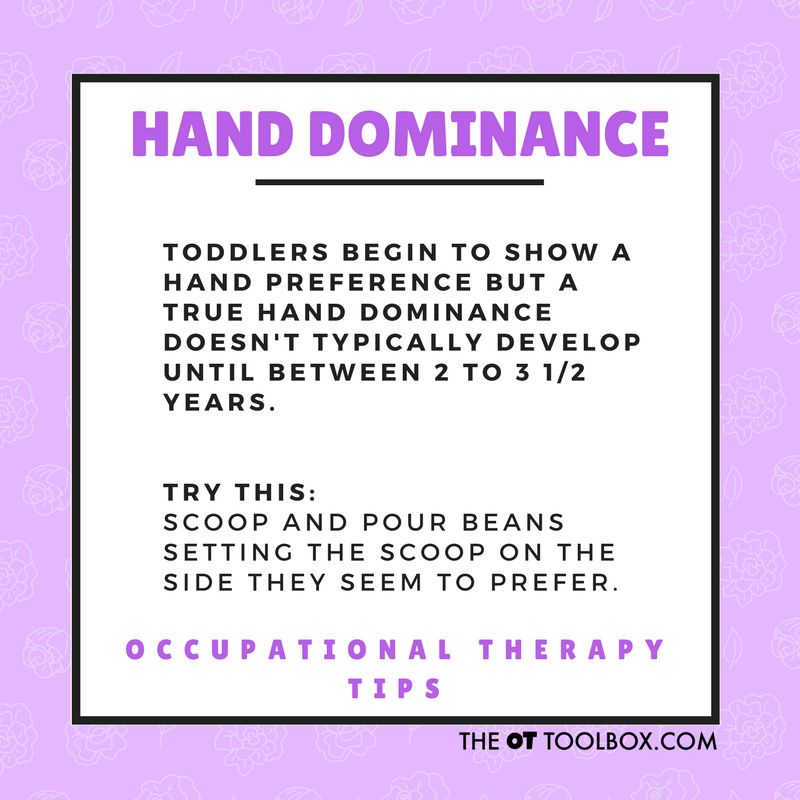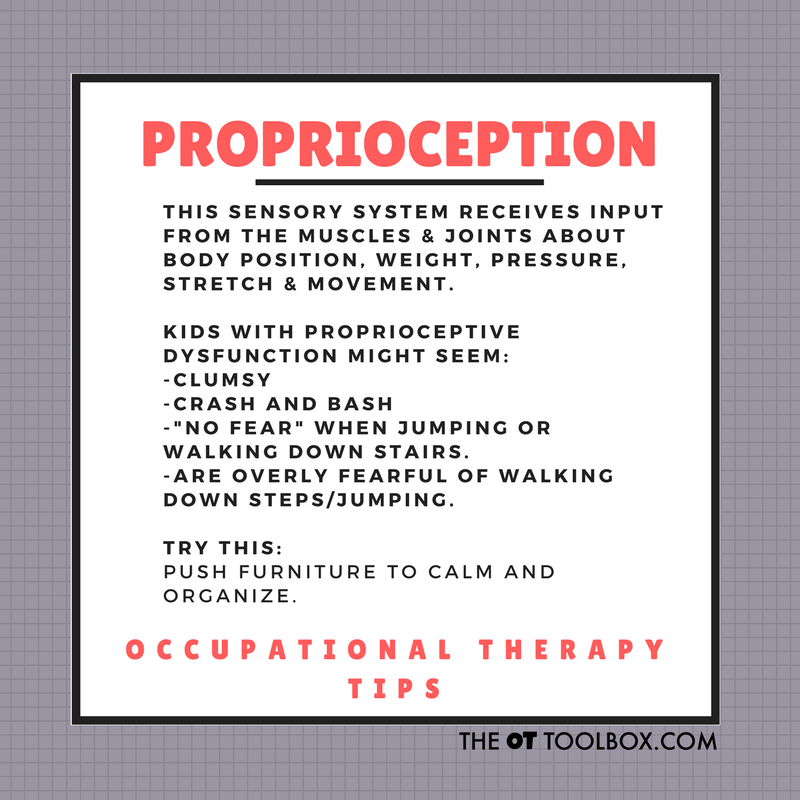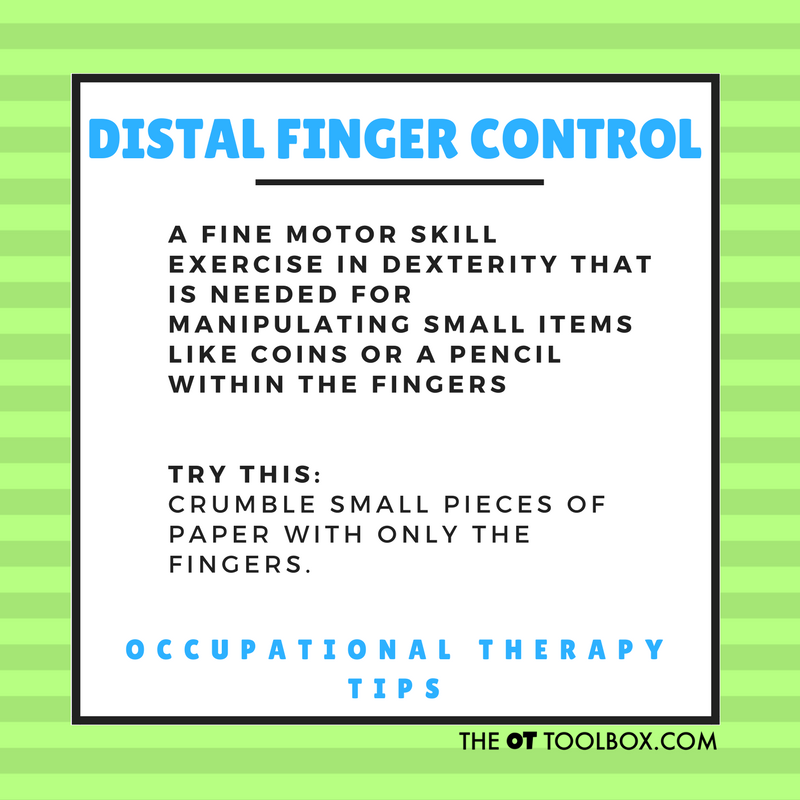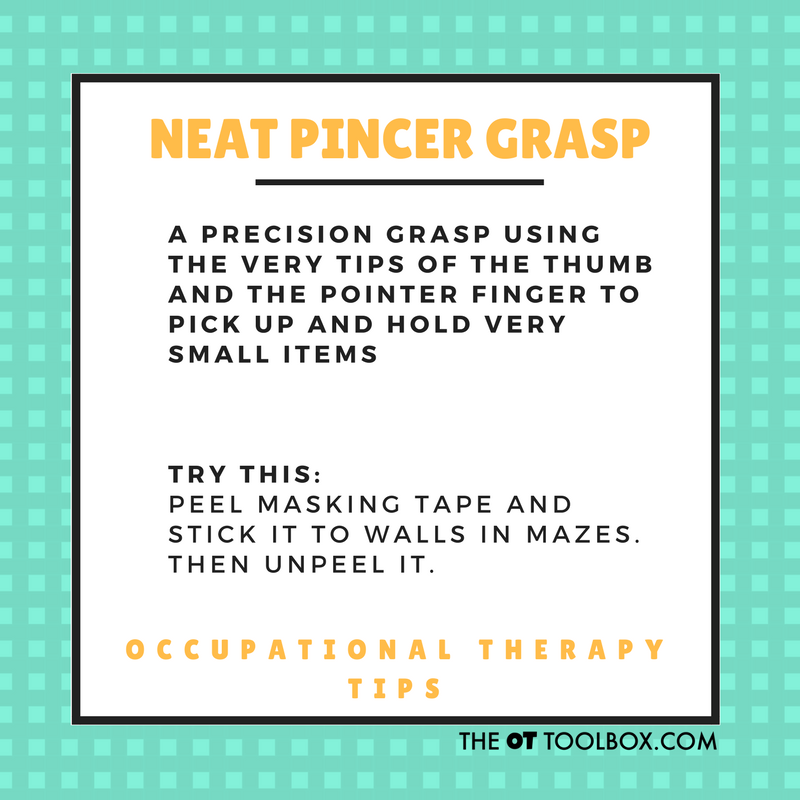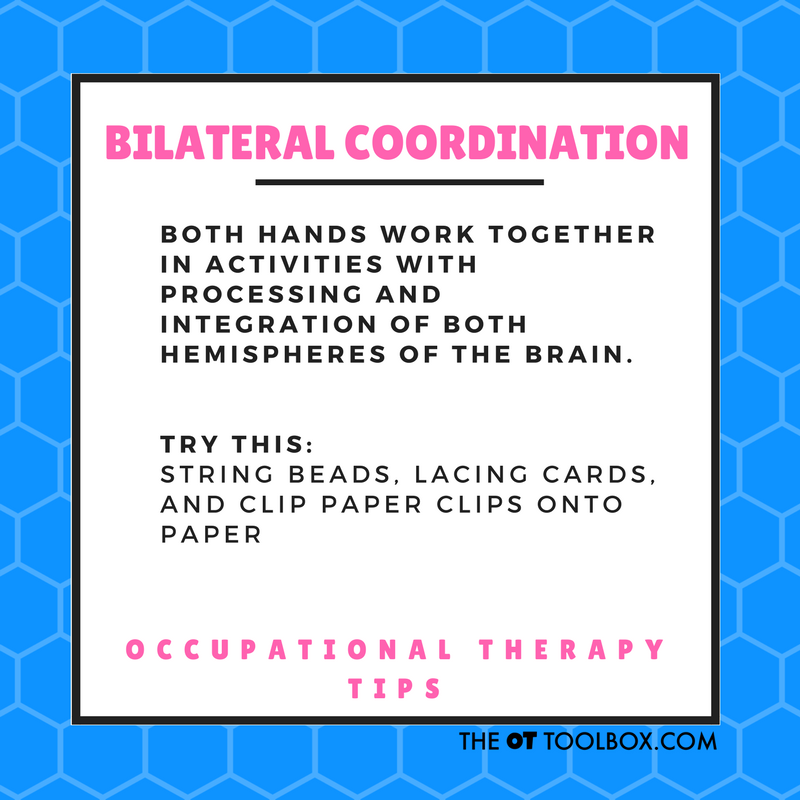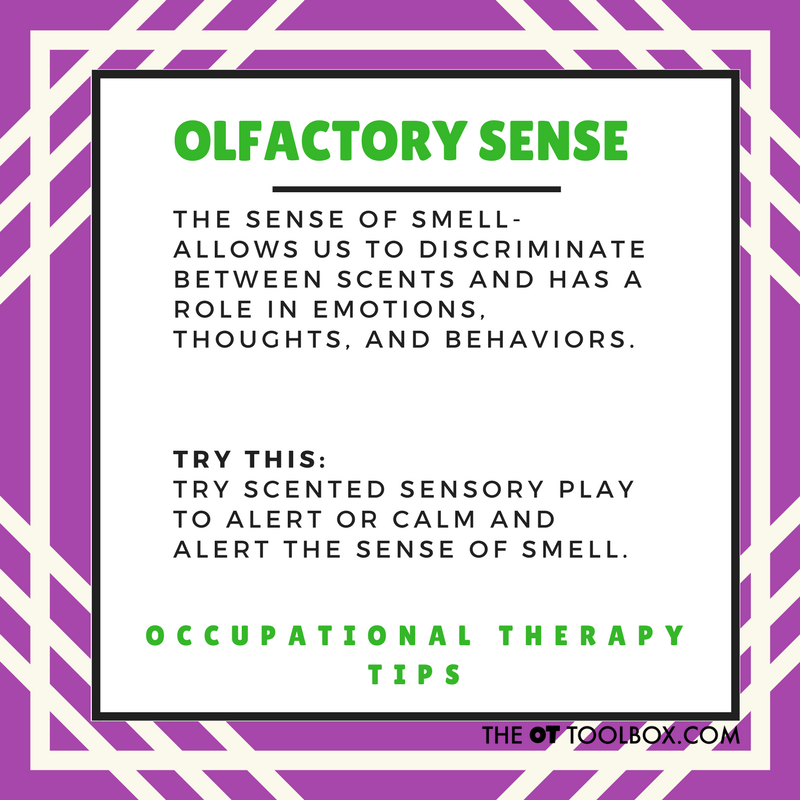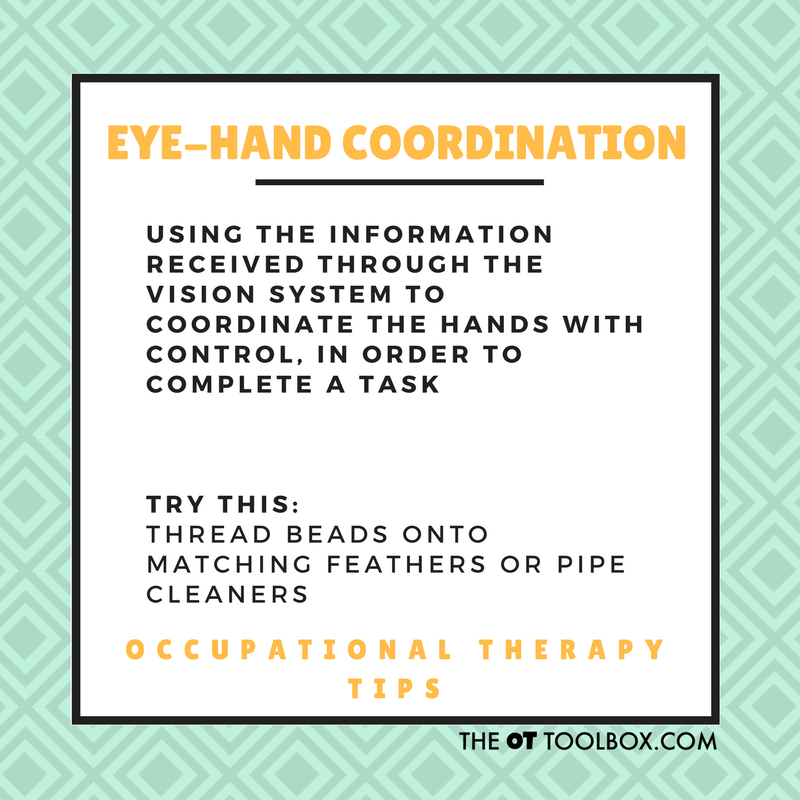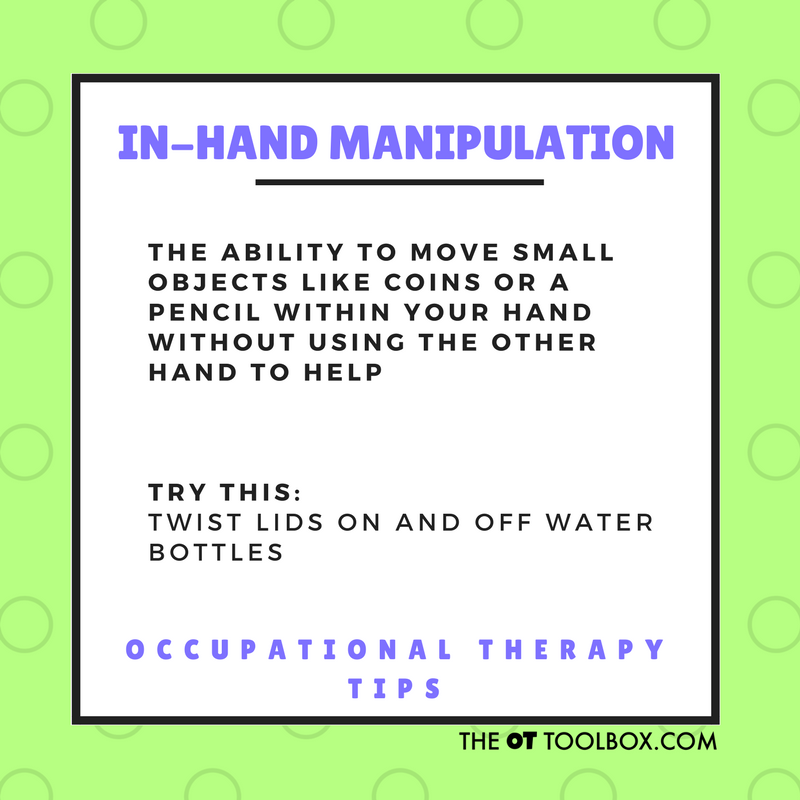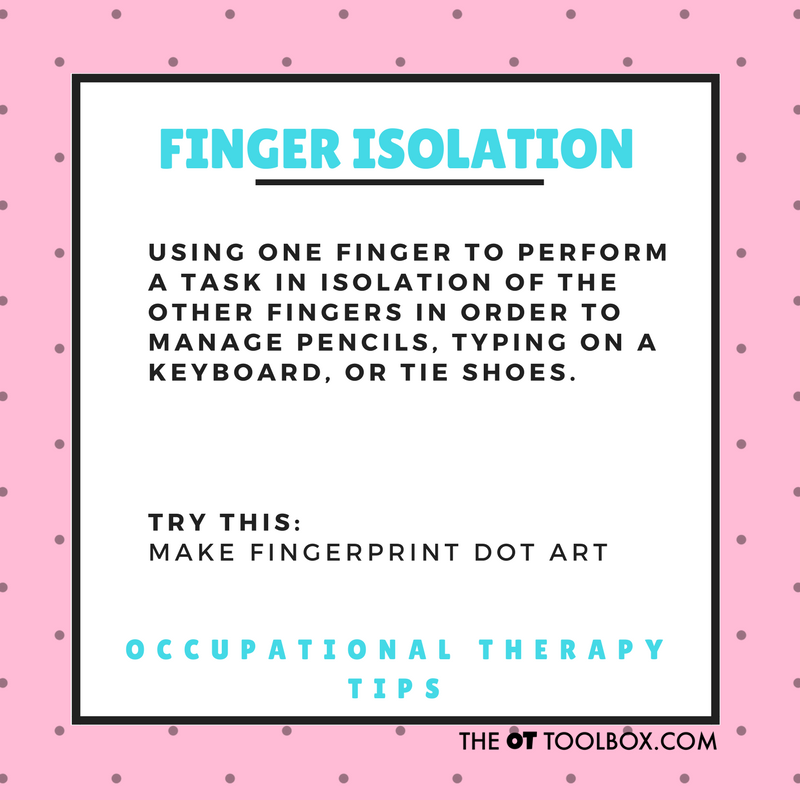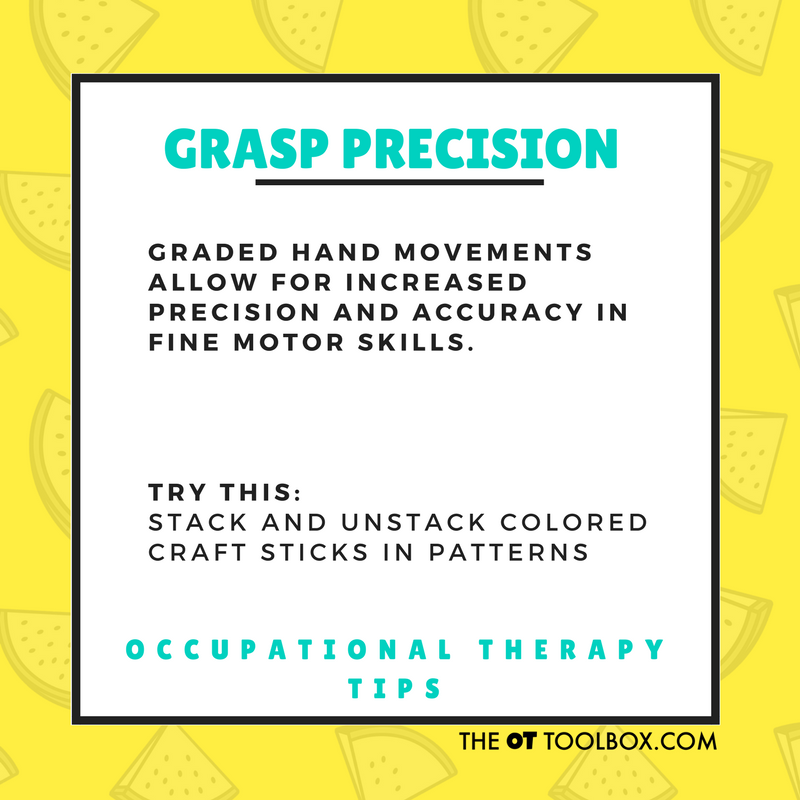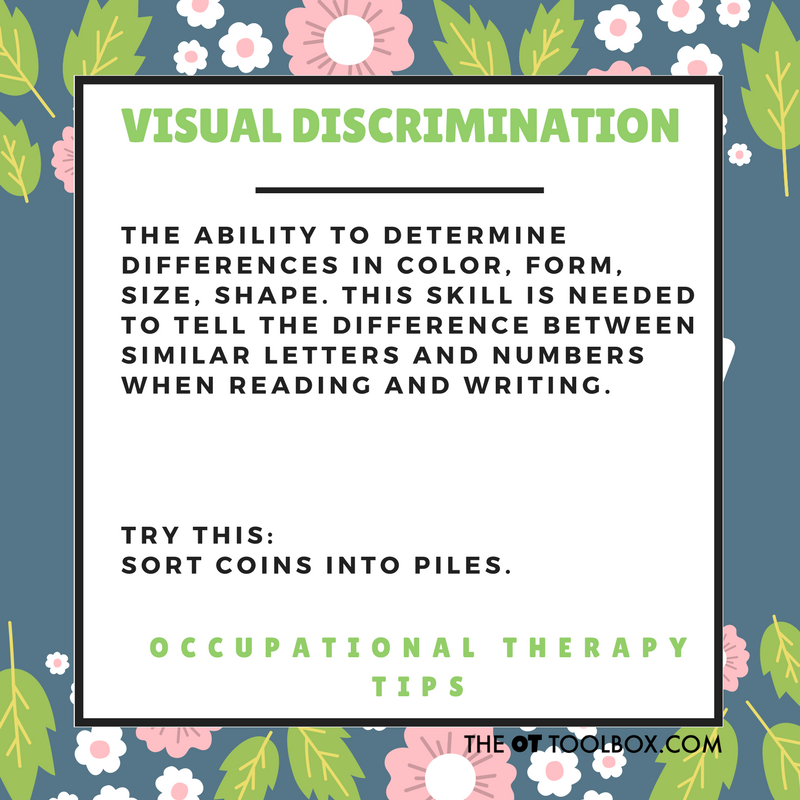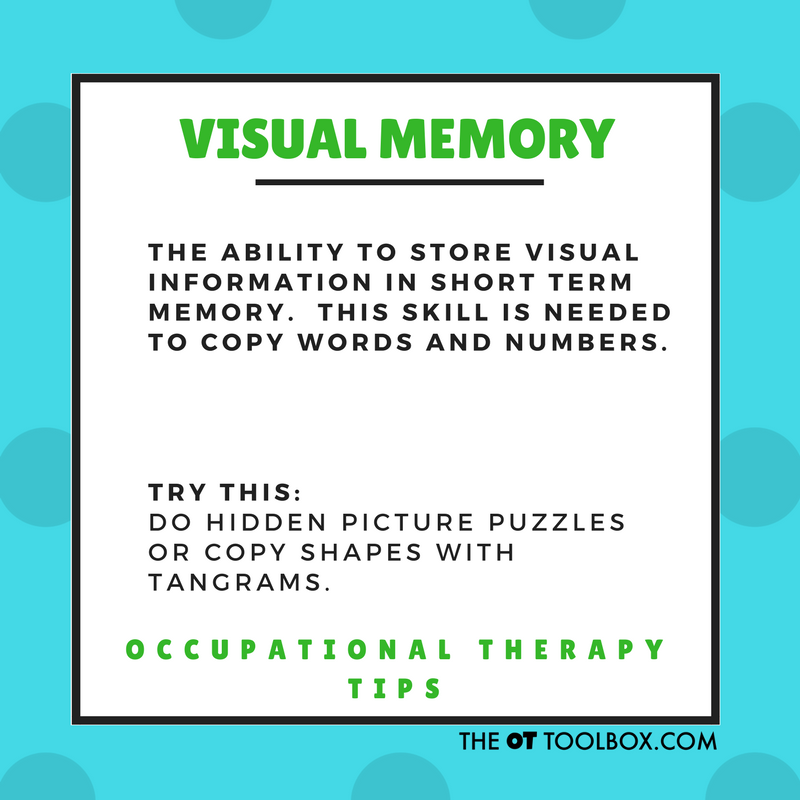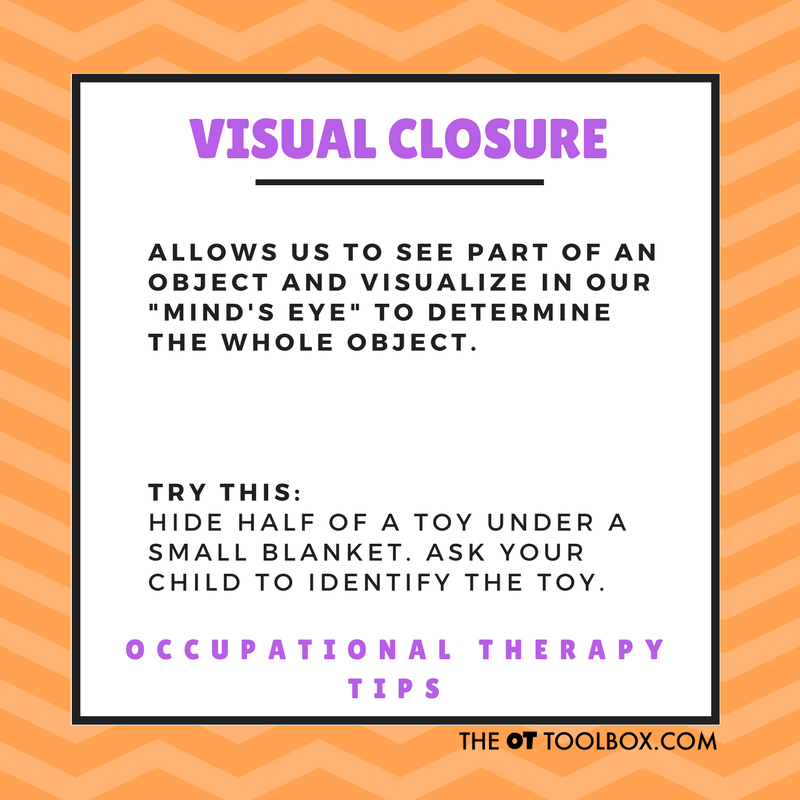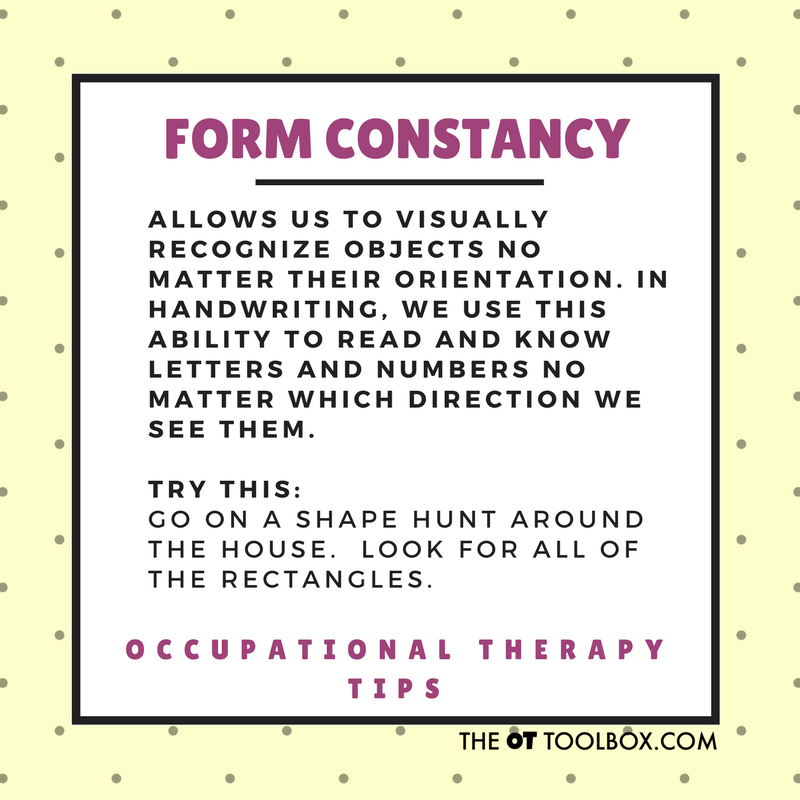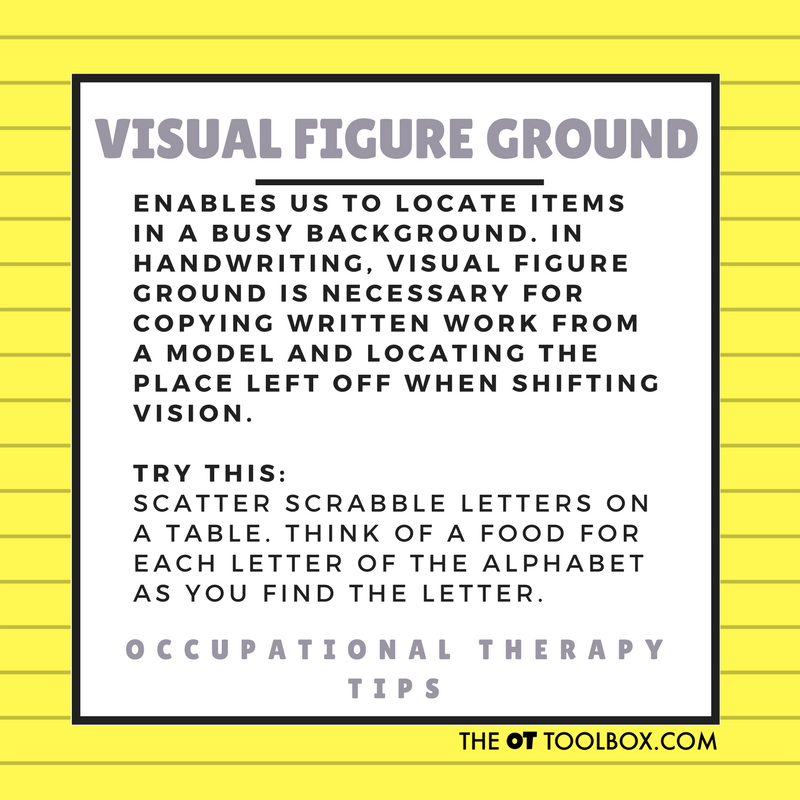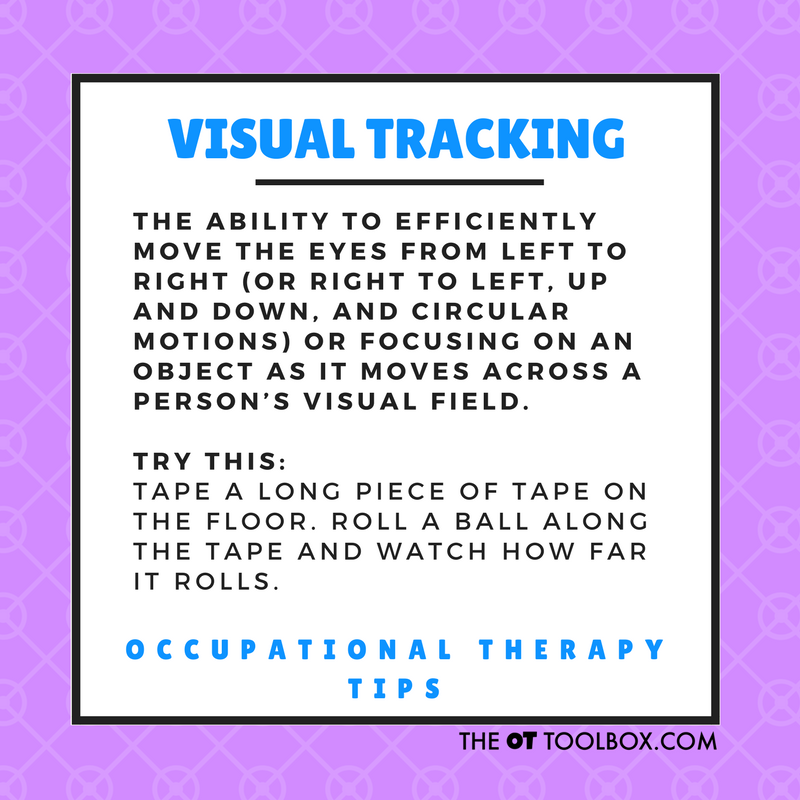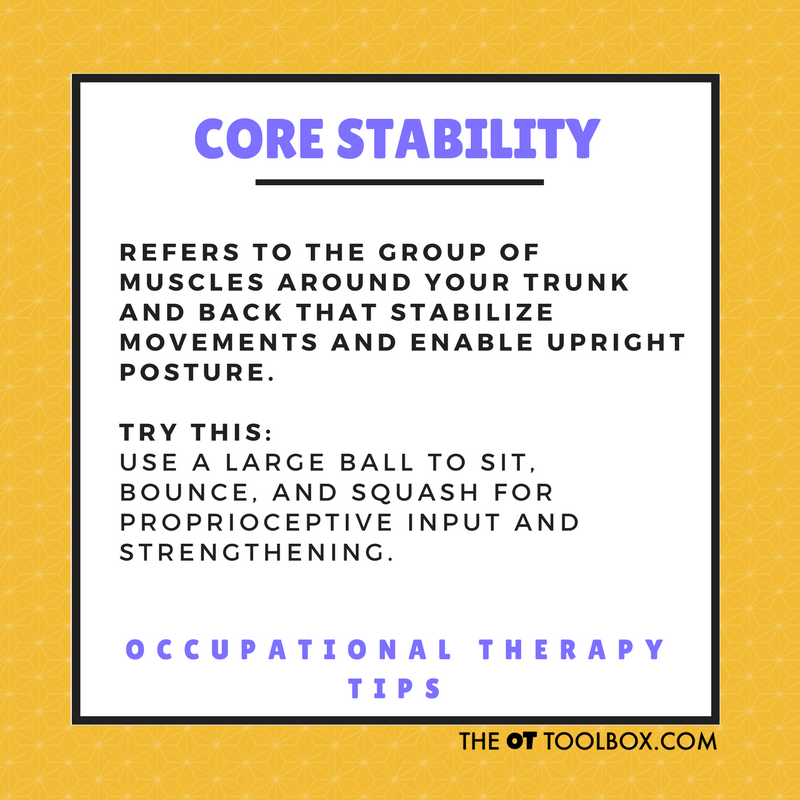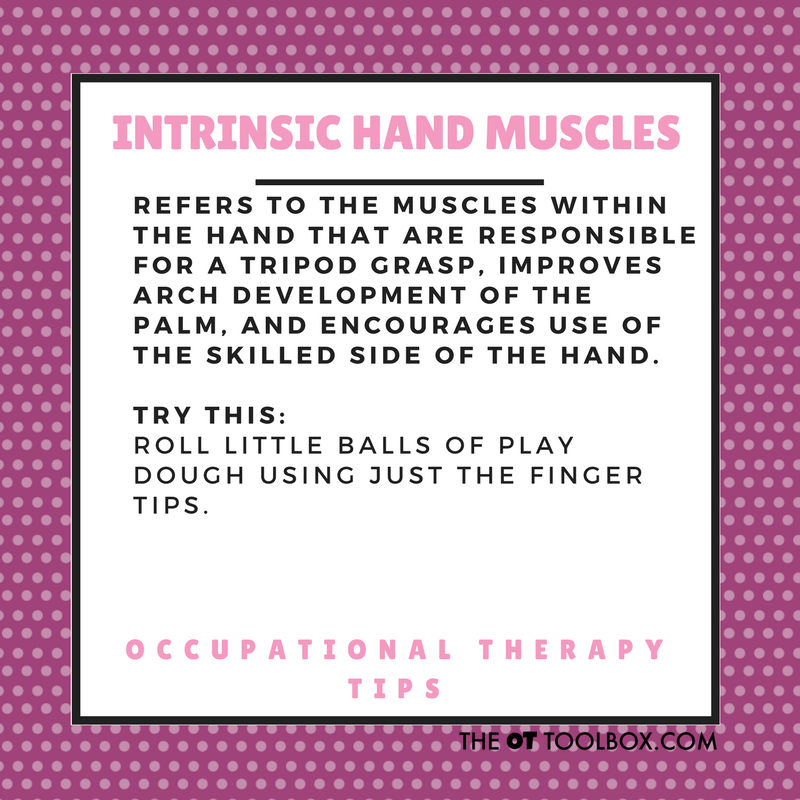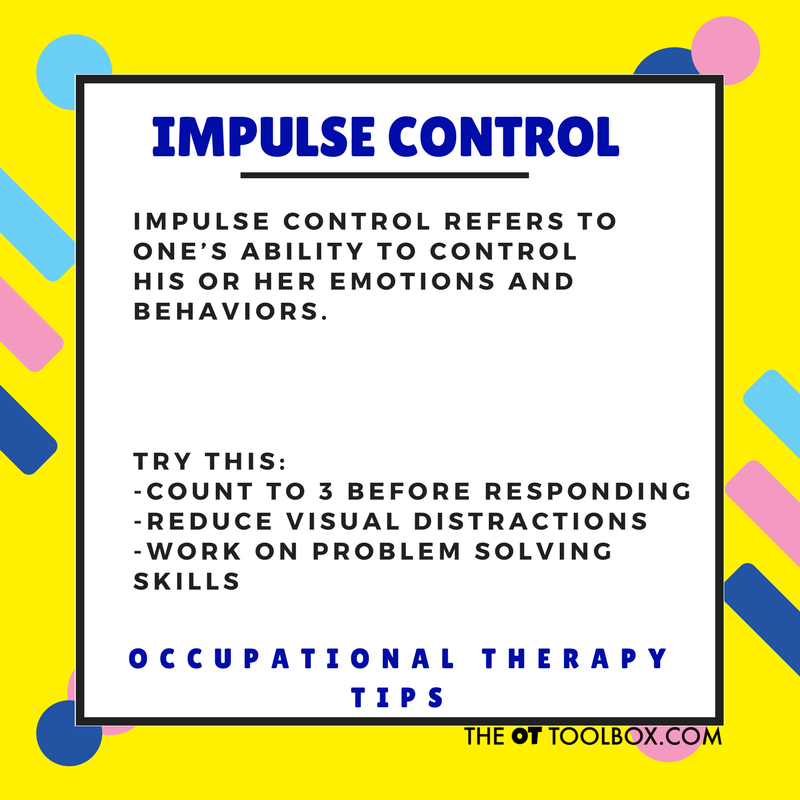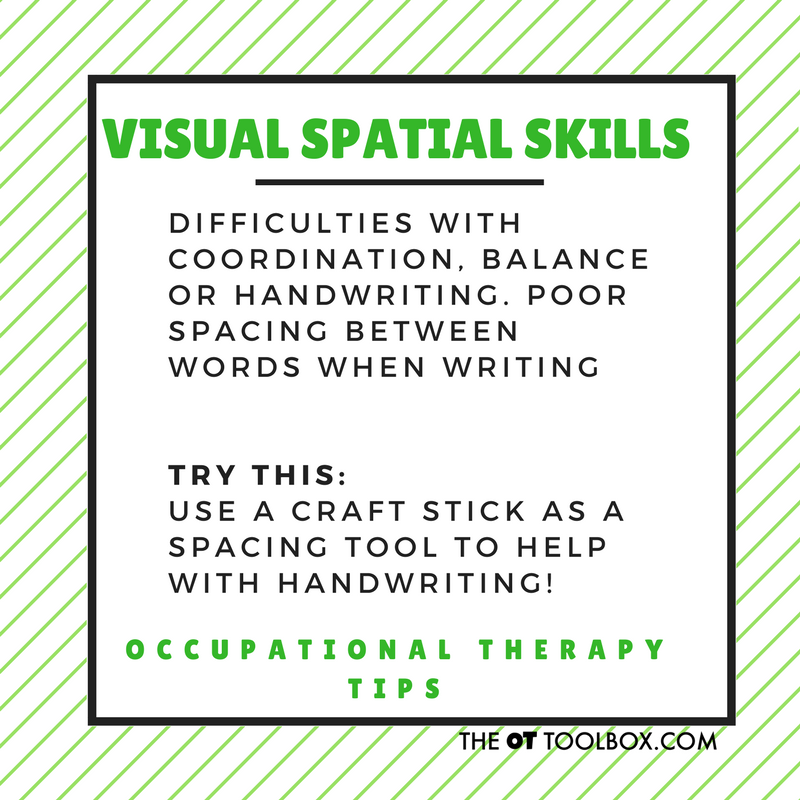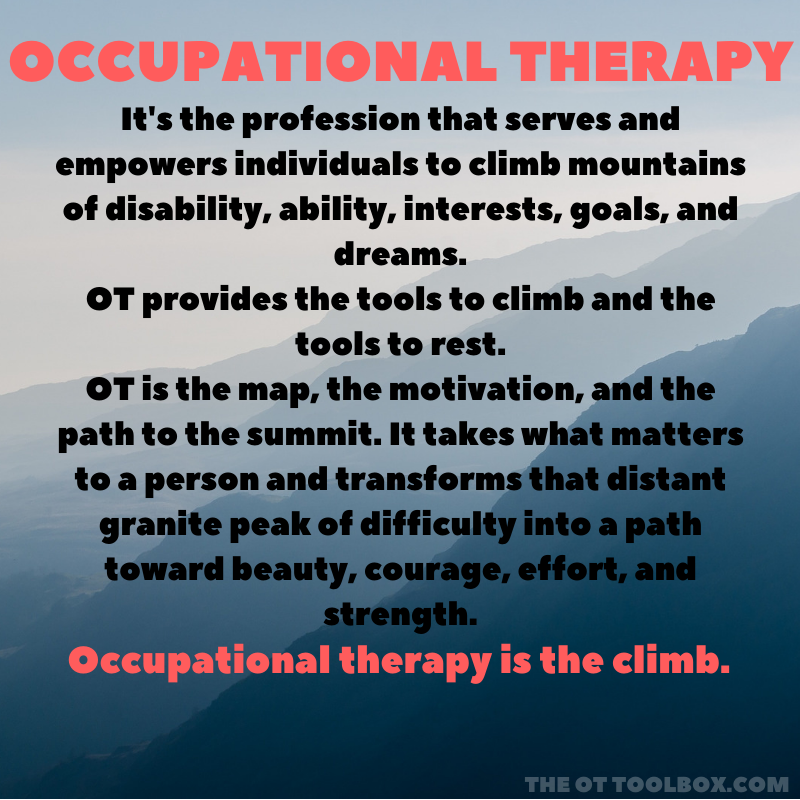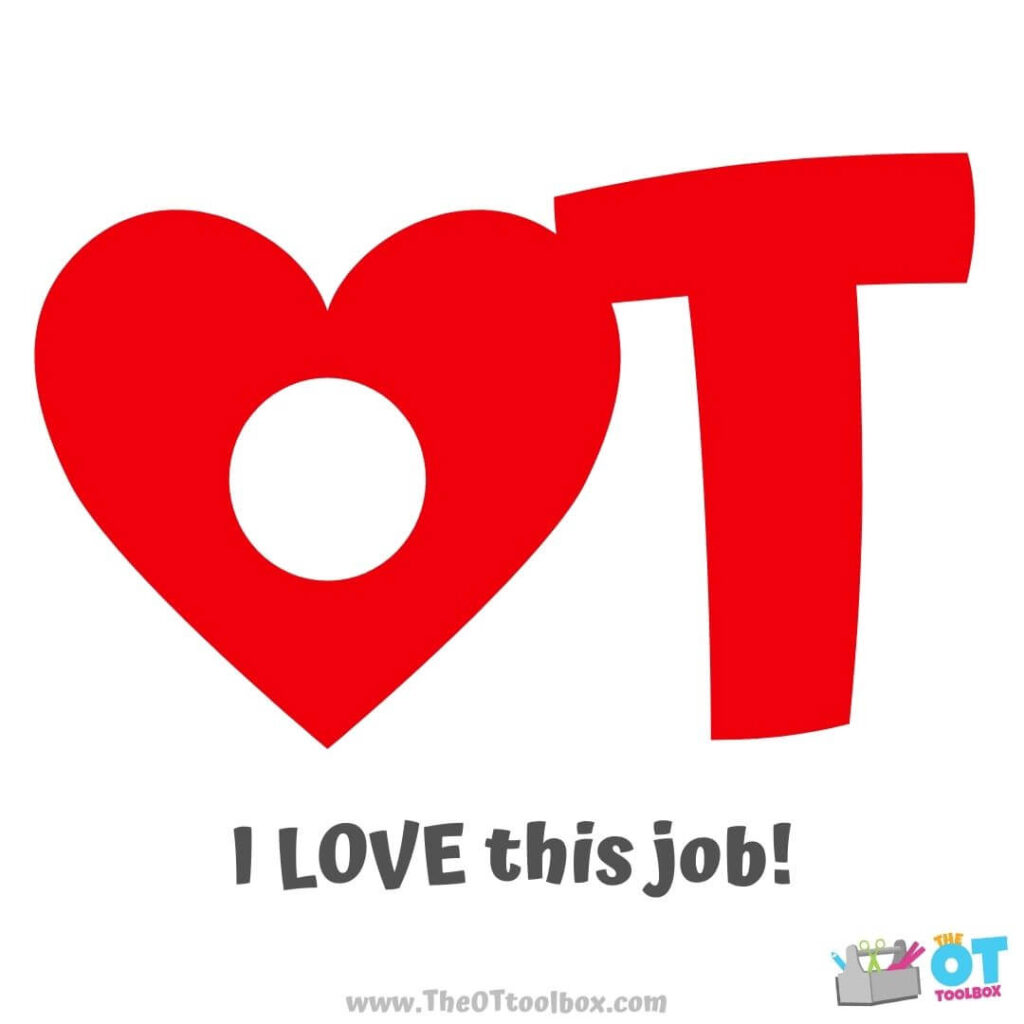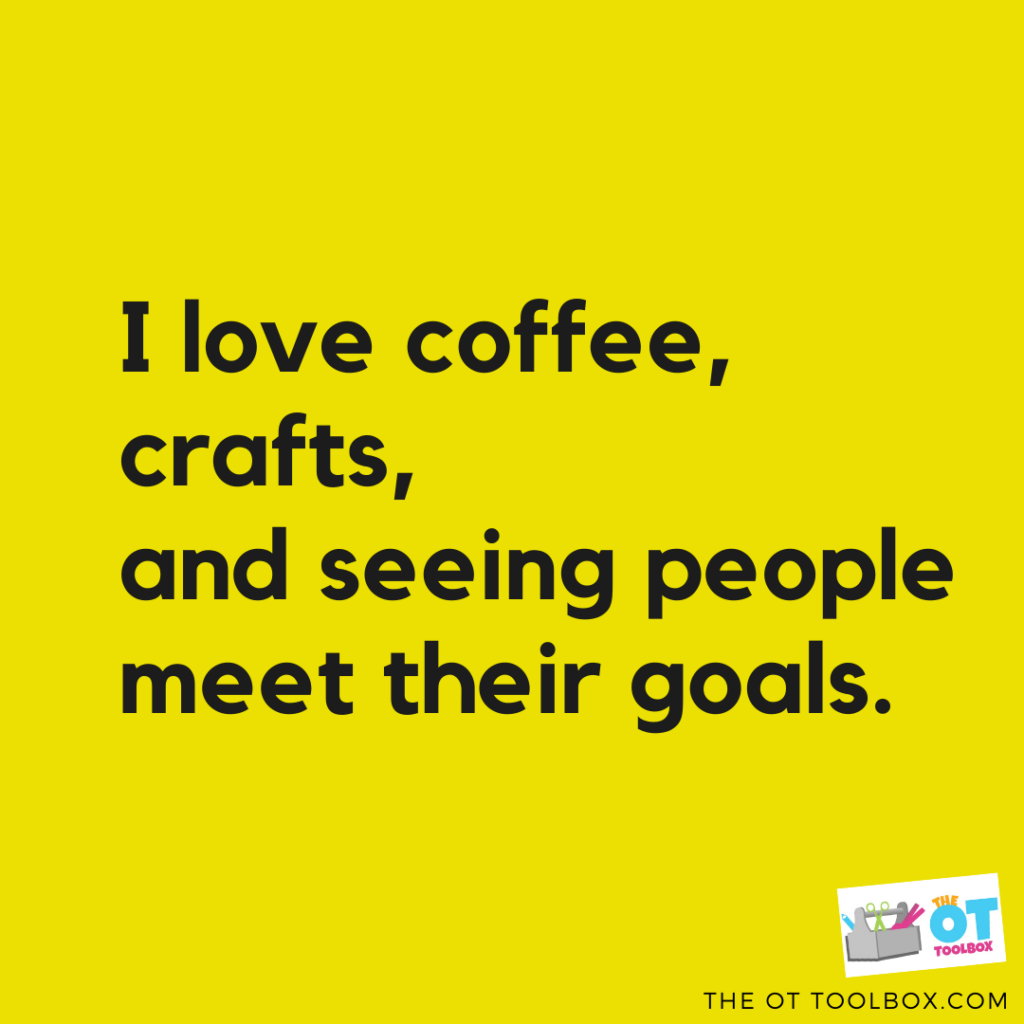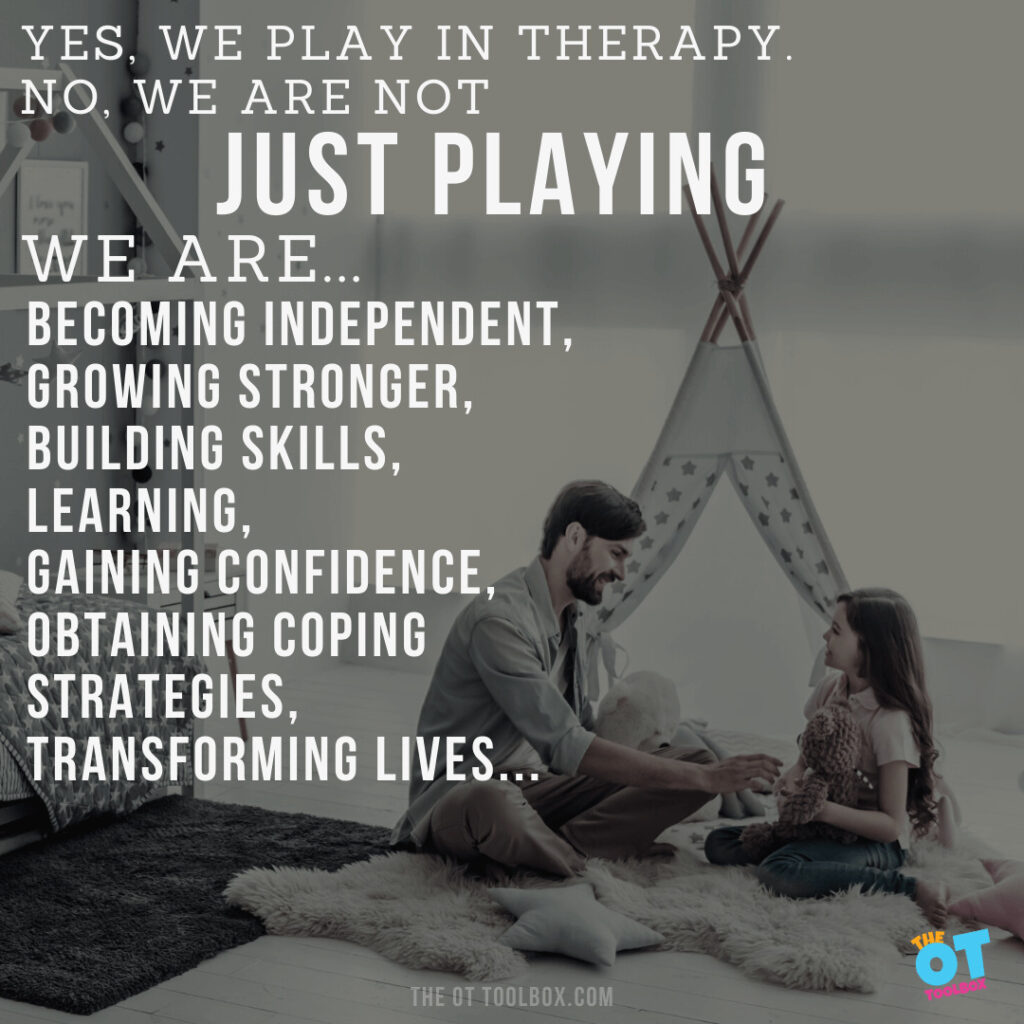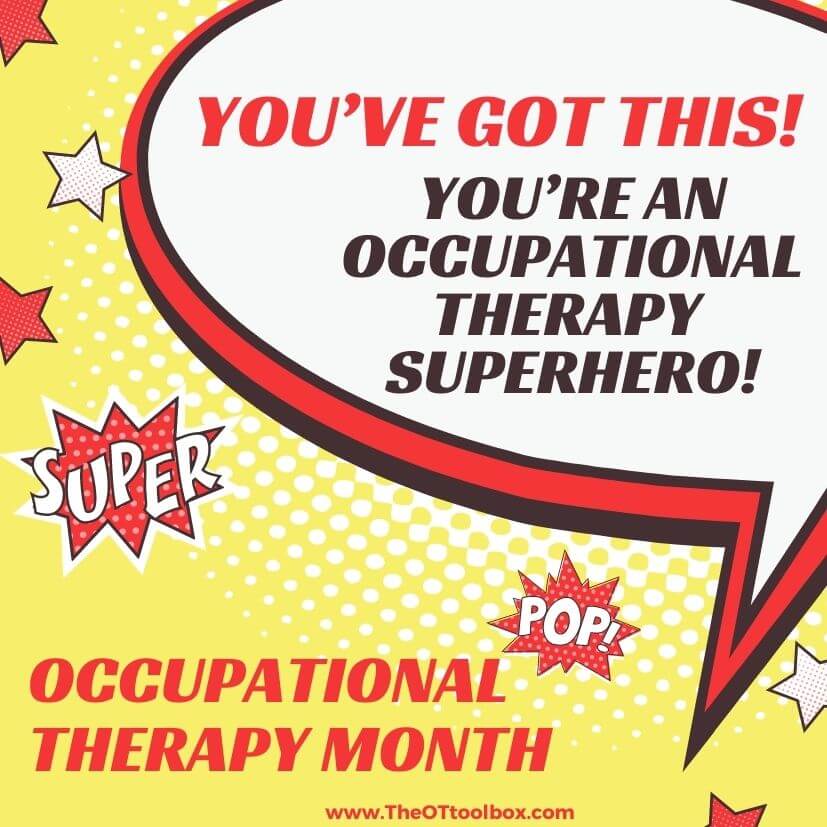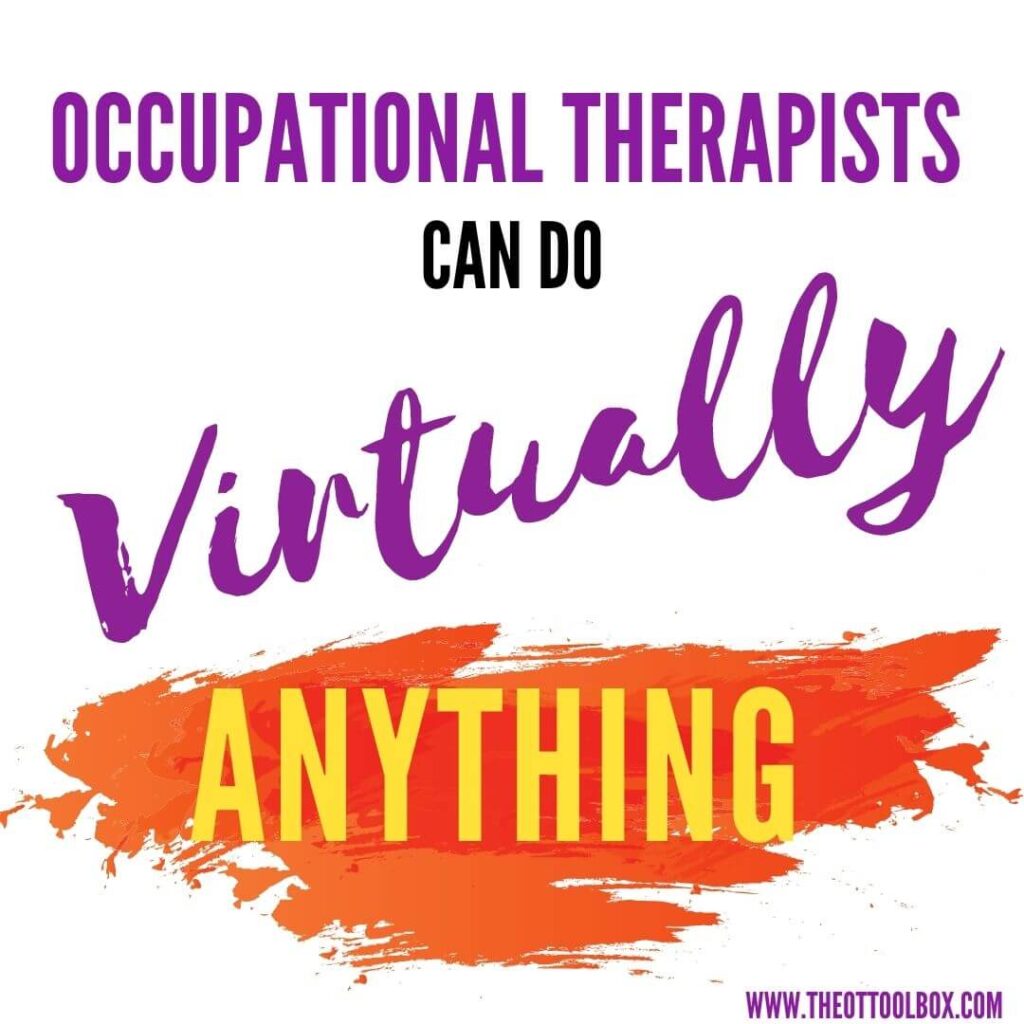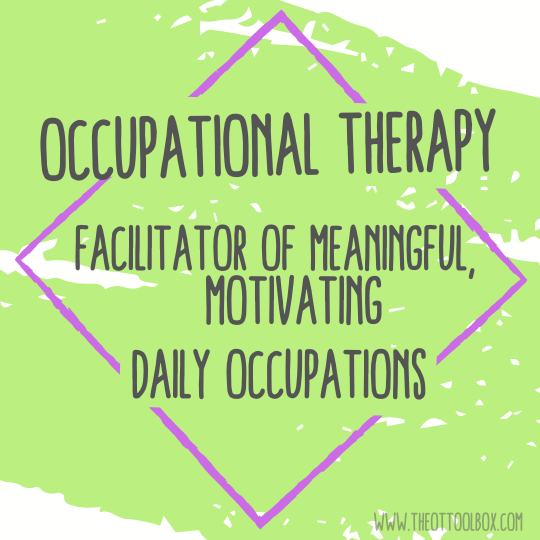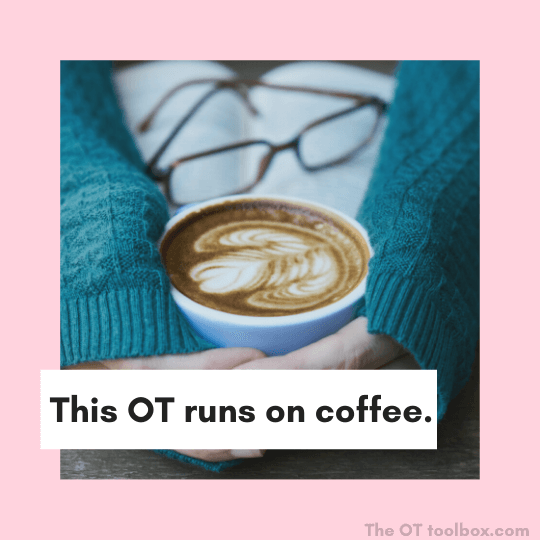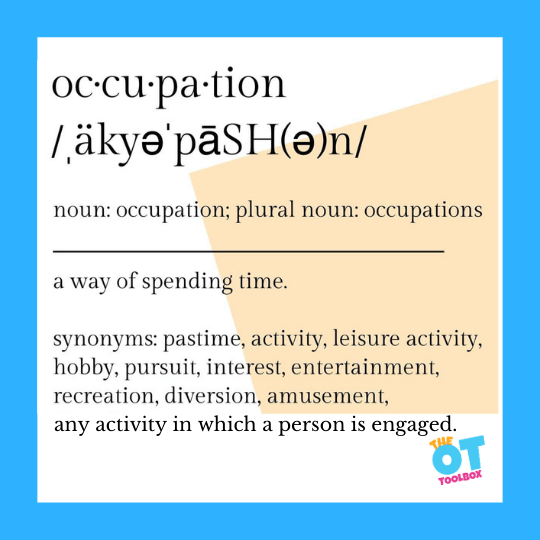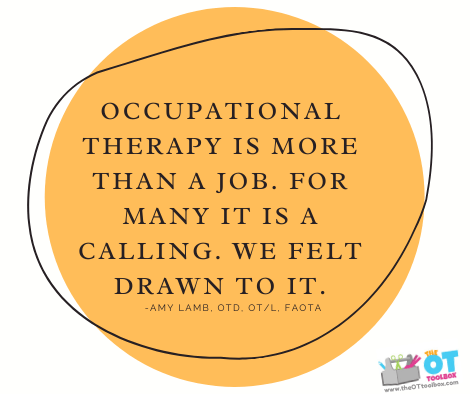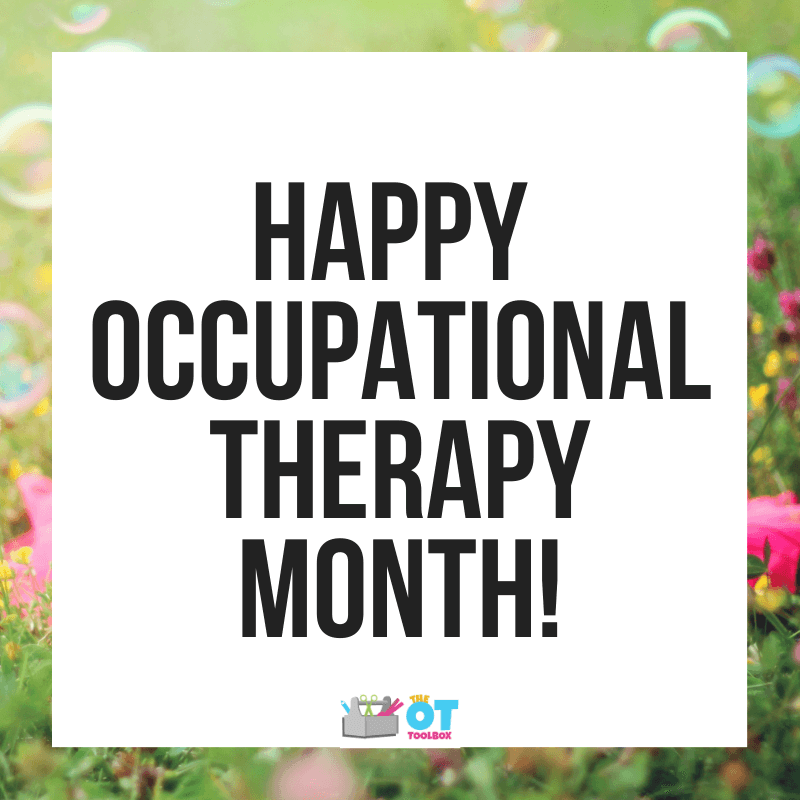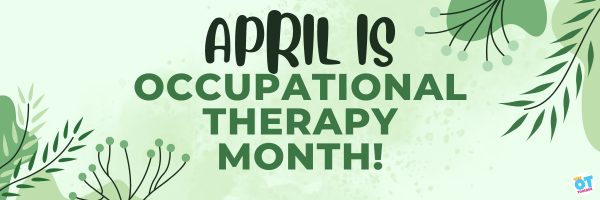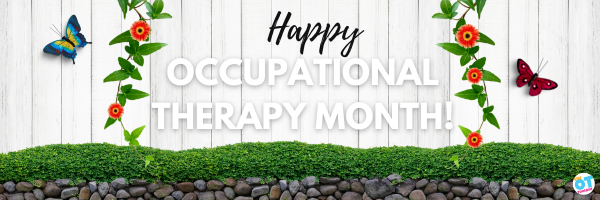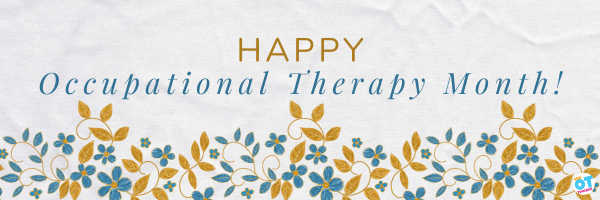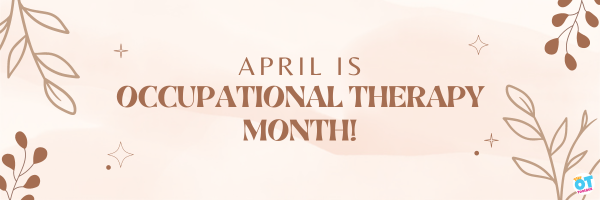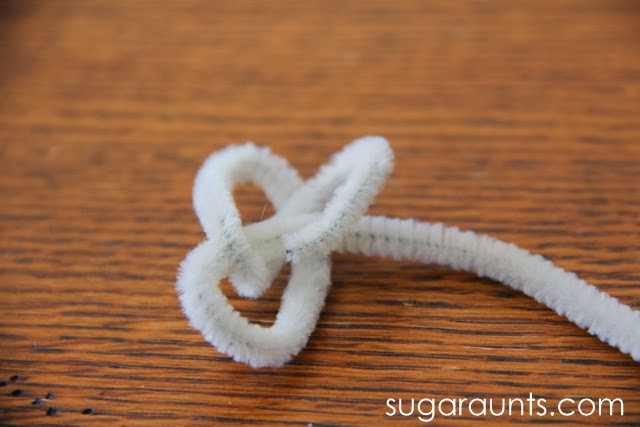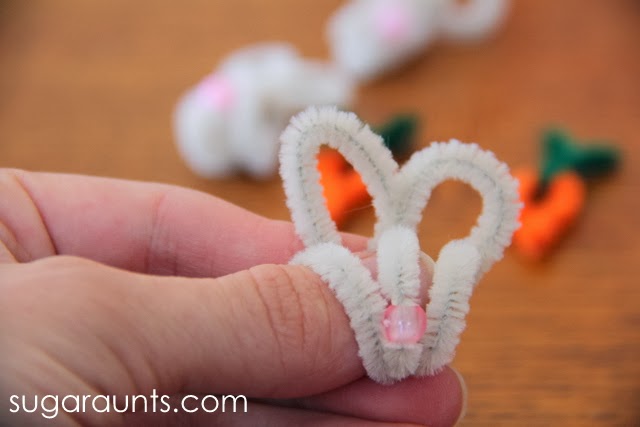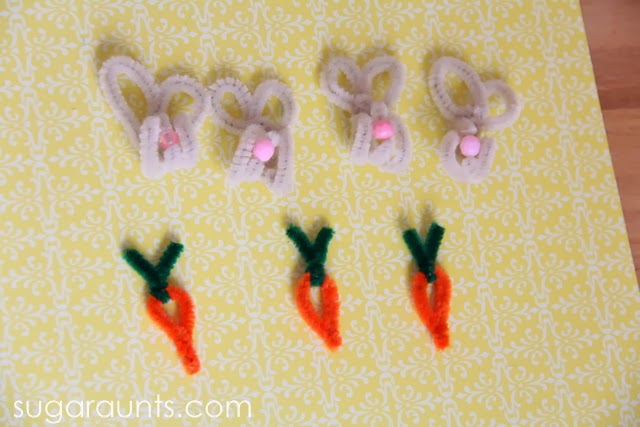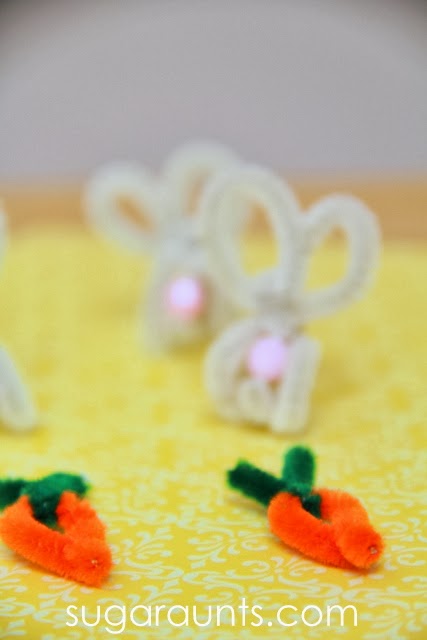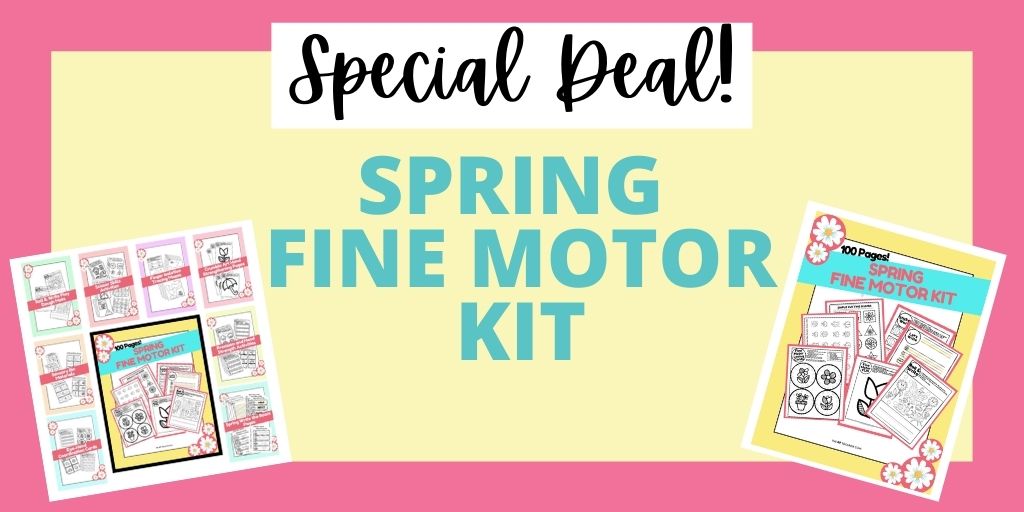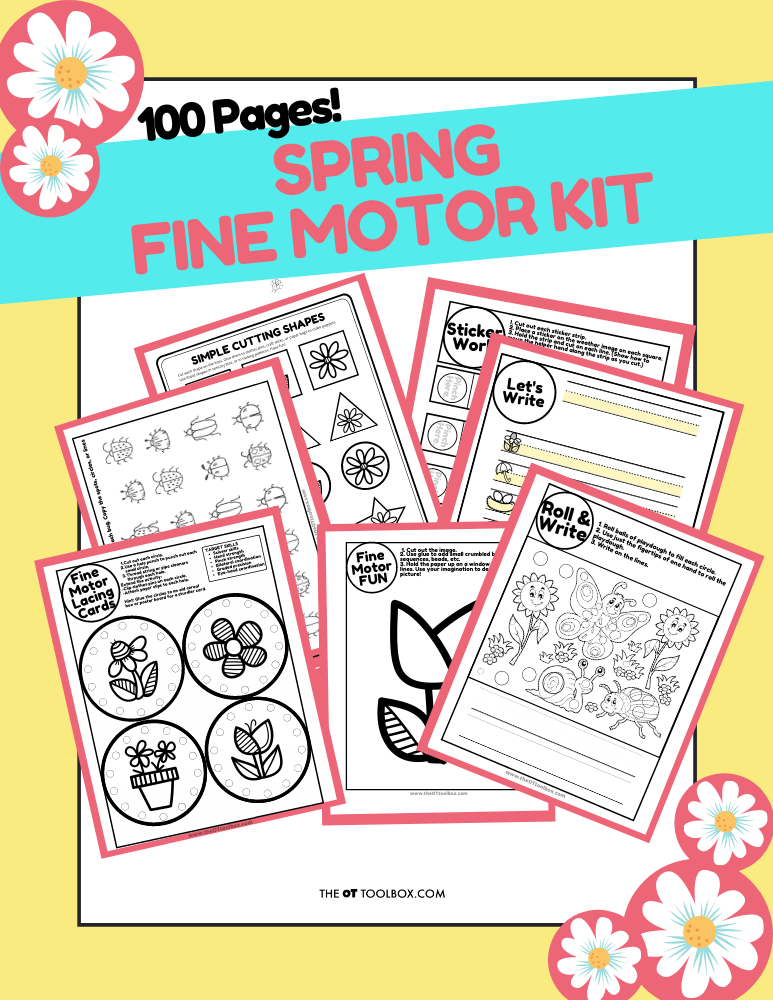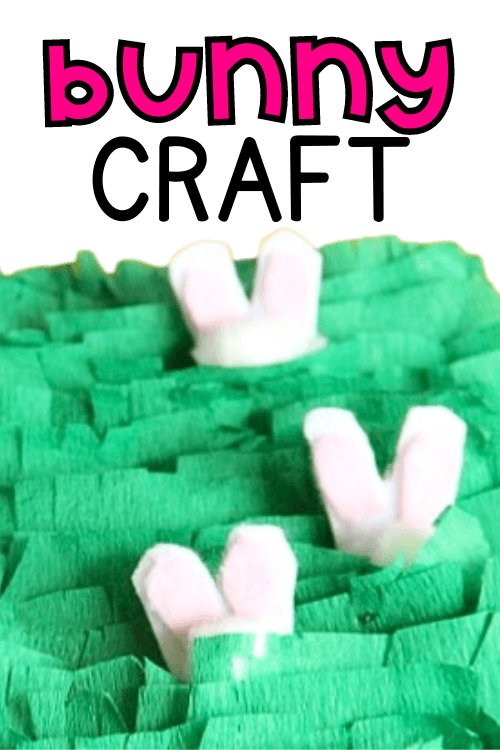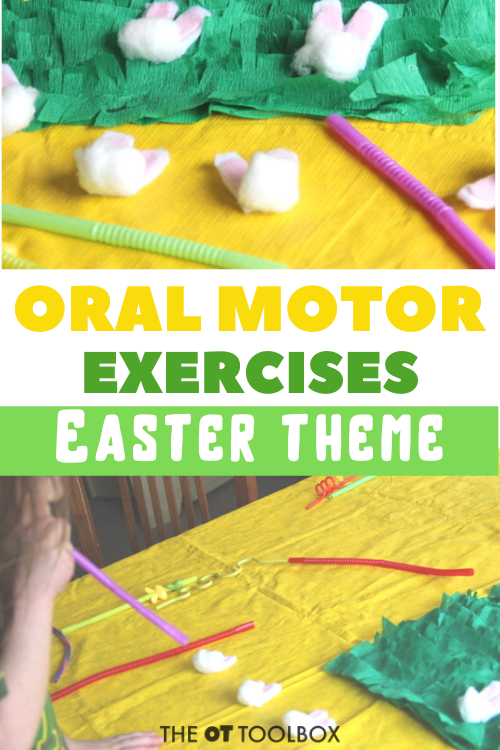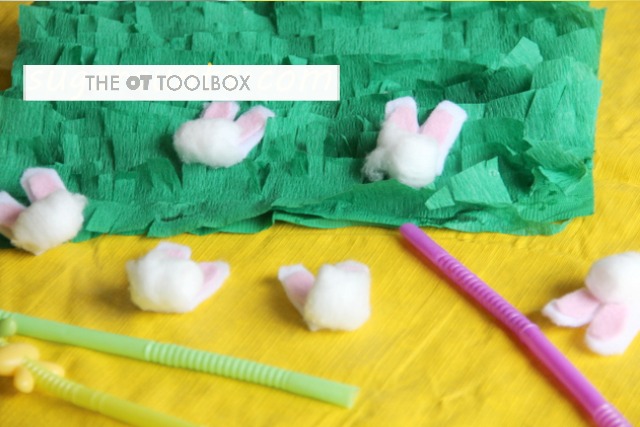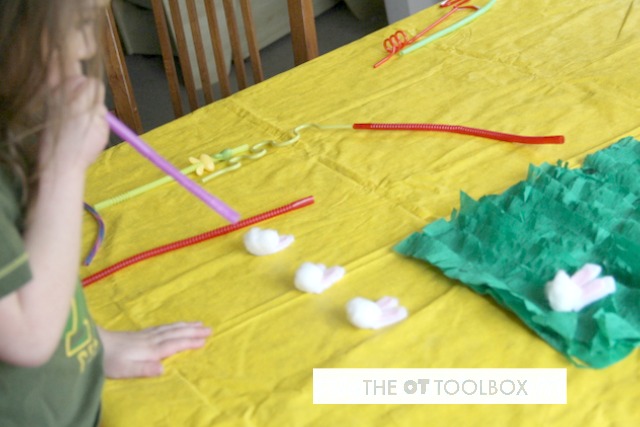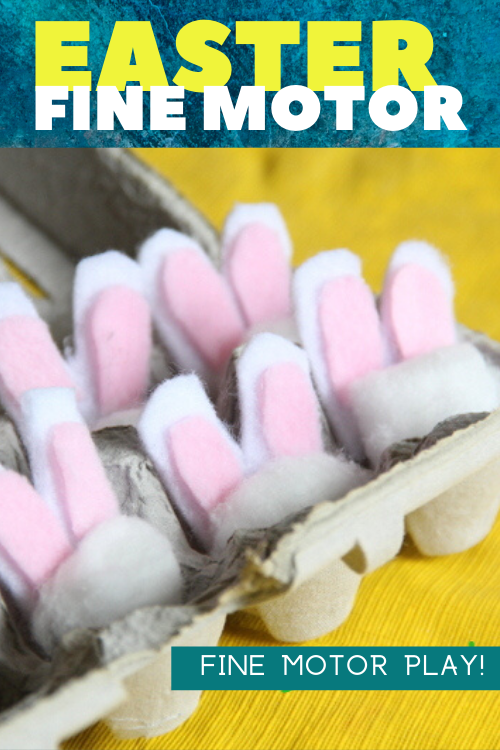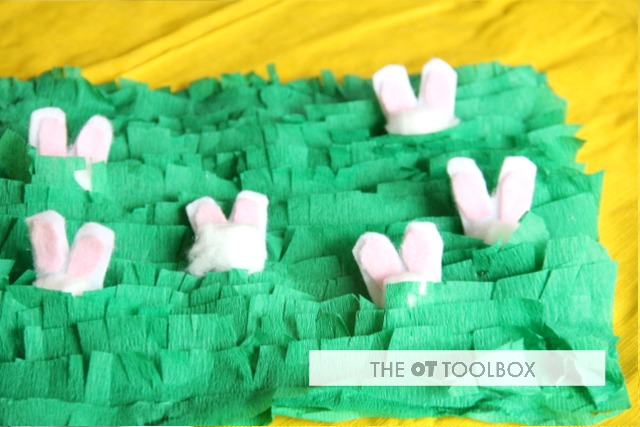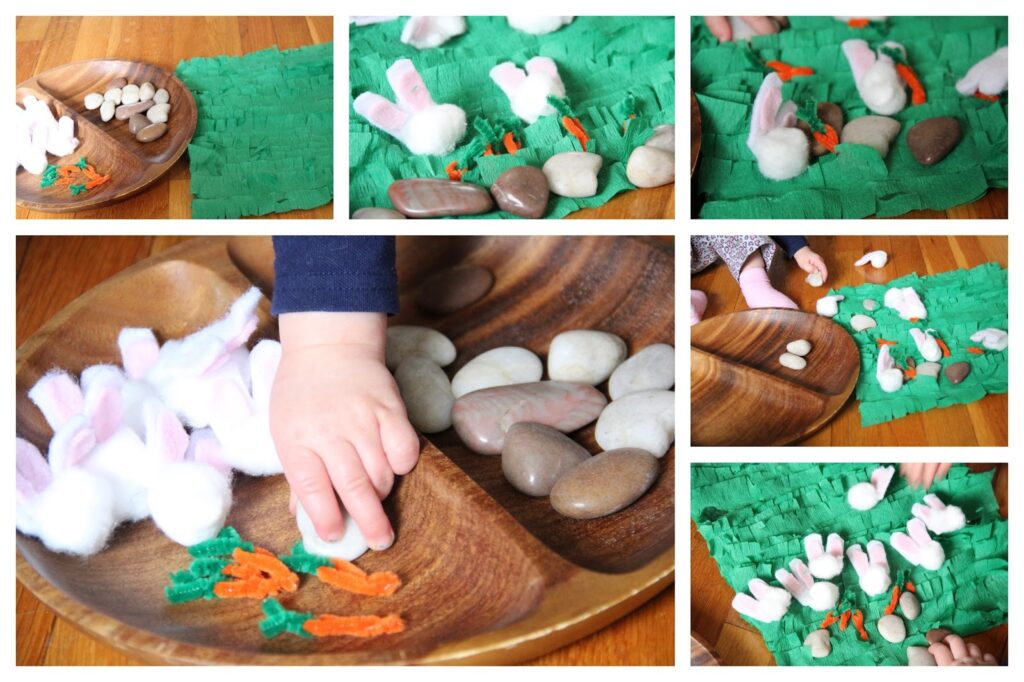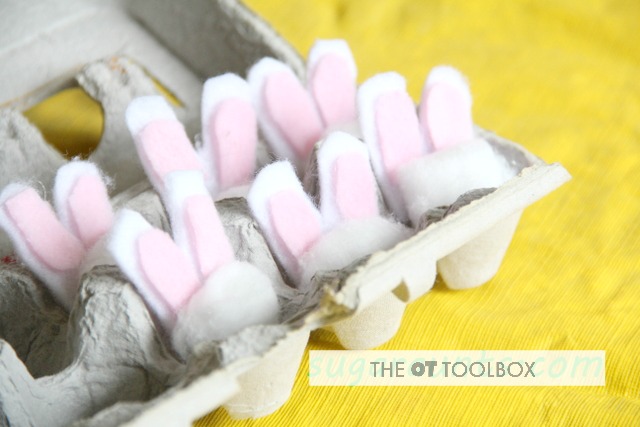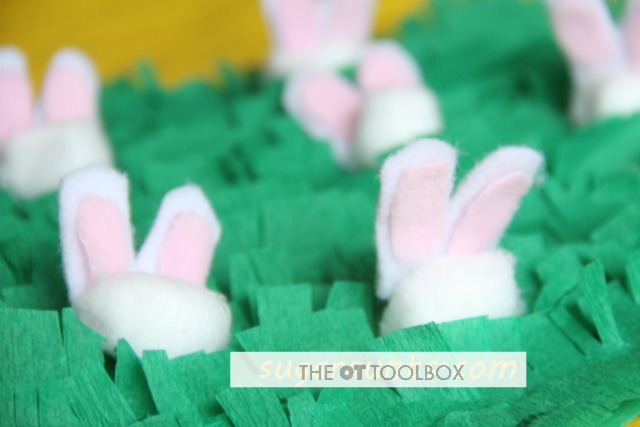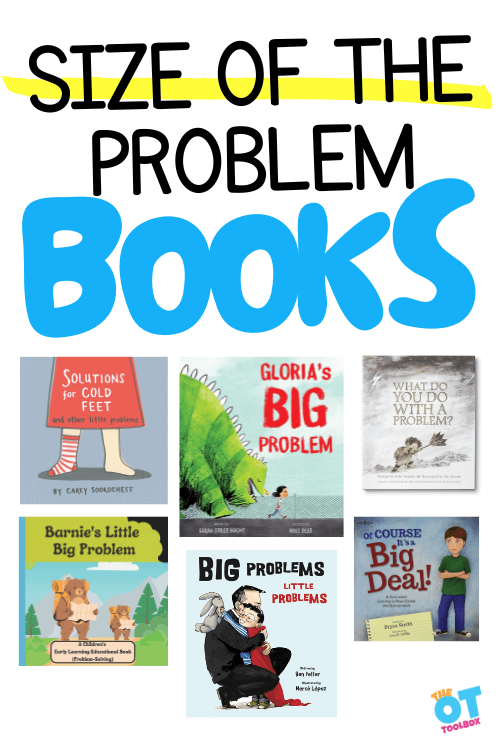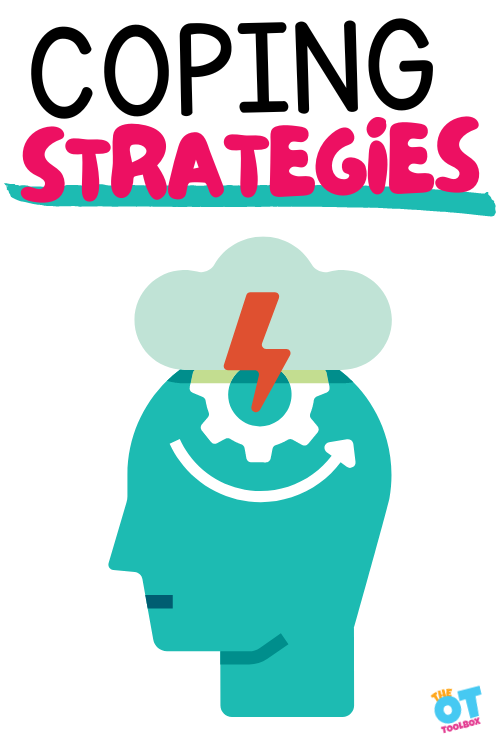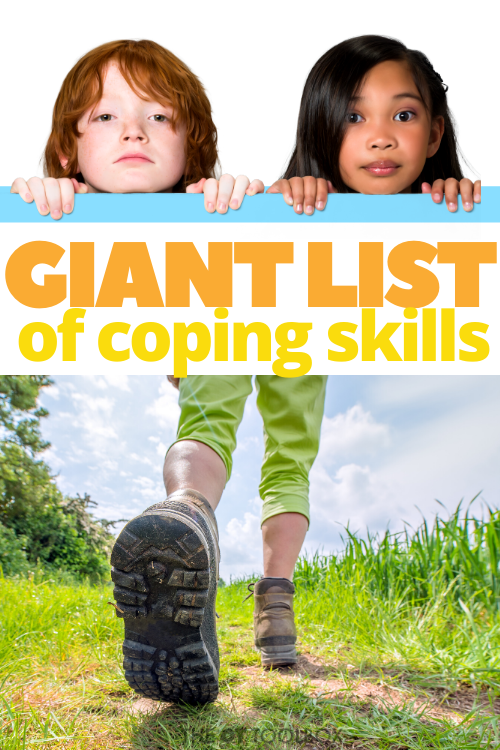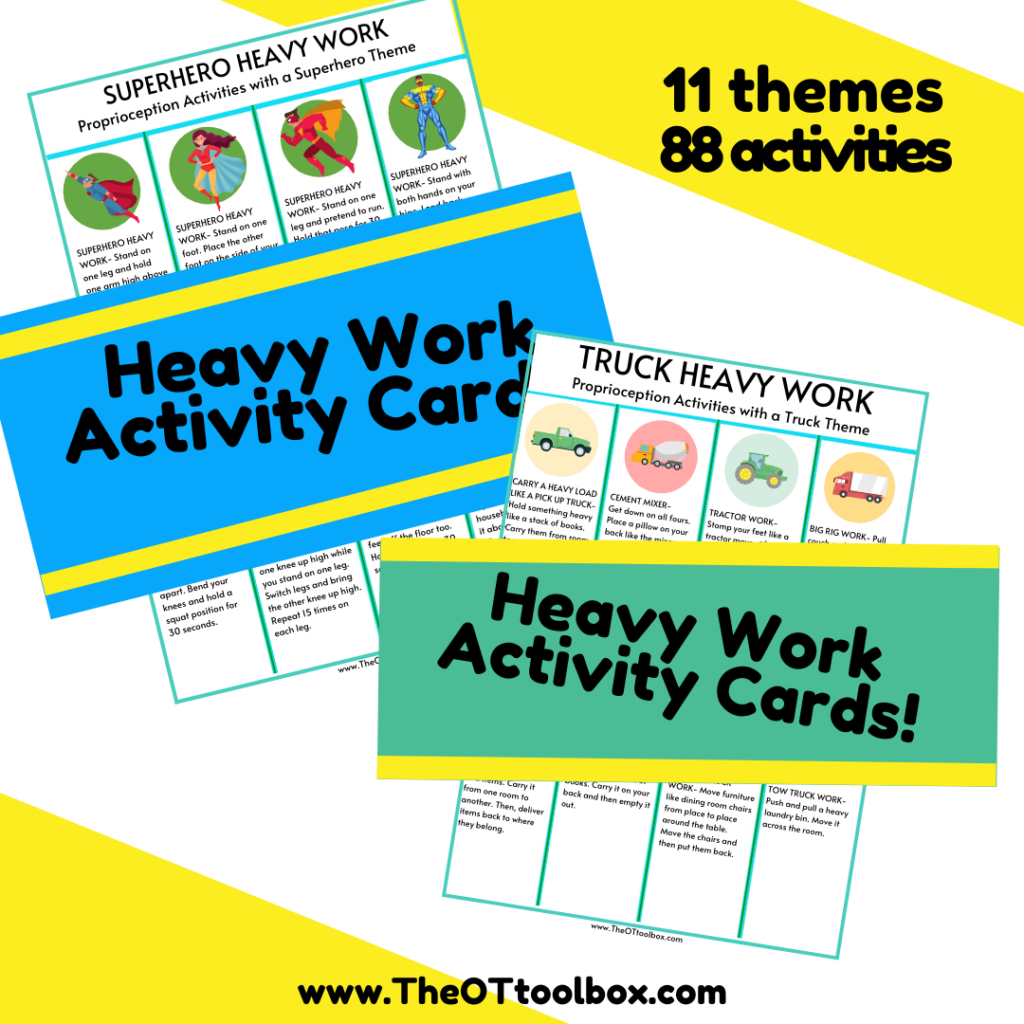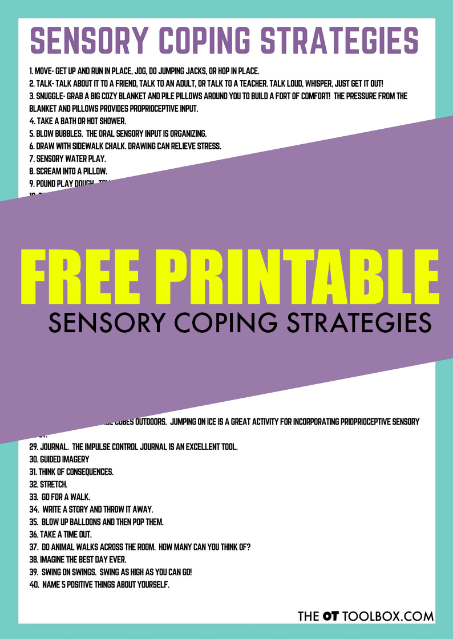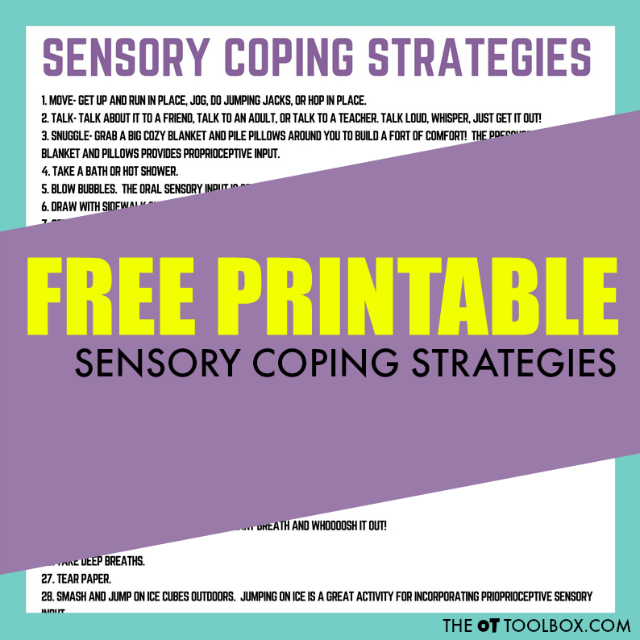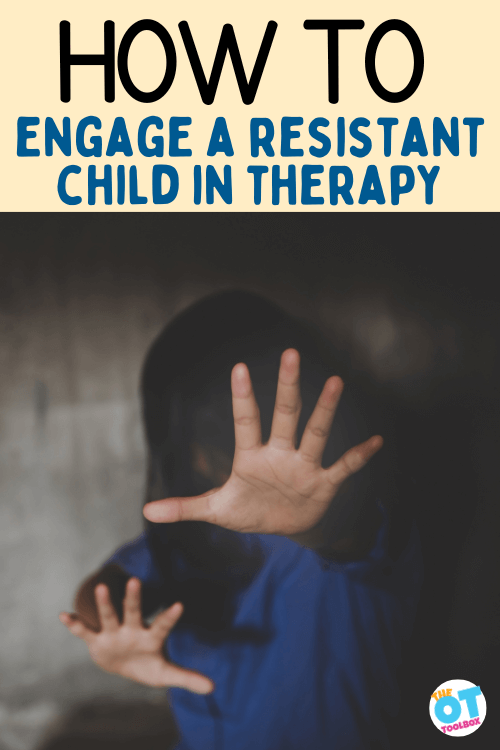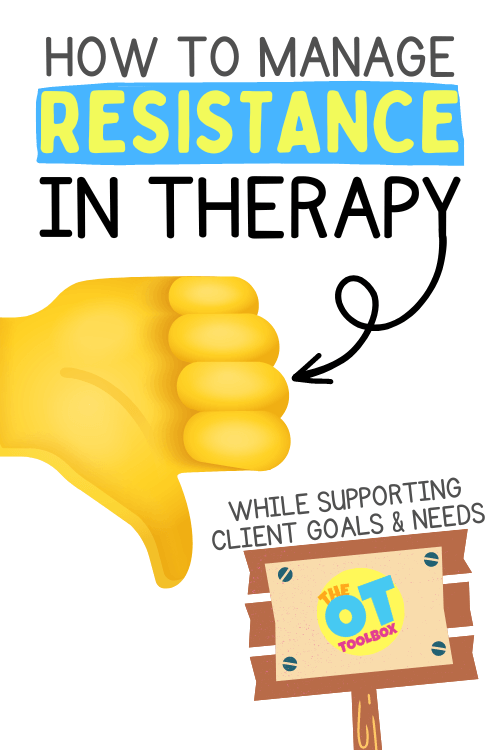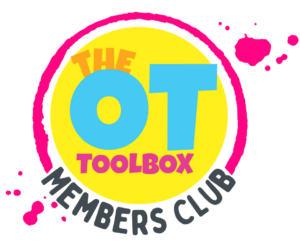This recipe for making a vegetable quesadilla with the kids was originally published in July 2015. We updated it in April 2024 with resources on using the quesadilla recipe for developing life skills and executive functioning. The easy quesadilla recipe is a great tool for developing brain skills in the kitchen.
Cooking with the kids in the kitchen is such a wonderful learning opportunity. The sights and smells of new and interesting foods and the textures and tasks of cooking provide children with a rich experience. Then there is the awareness of accomplishment. Kids can help to prepare the food that feeds the family. Kids can learn the steps of cooking a meal from start to finish. All of this is so supportive to developing executive functioning skills and life skills.
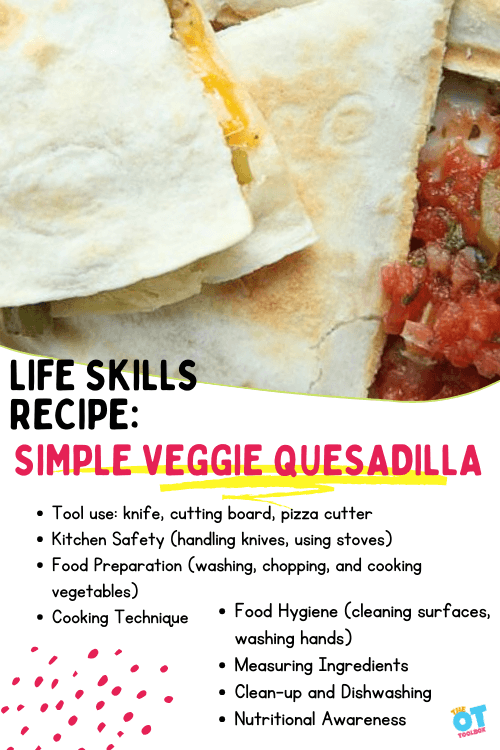
Vegetable Quesadilla Recipe Kids Can Make
This week in our Cooking With Kids A-Z series where we made a recipe for each letter of the alphabet, we are exploring Mushrooms. We made a vegetable quesadilla while learning along the way.
I love to use cooking tasks like the simple veggie quesadilla to support skill development. We’ve previously explained how cooking tasks support fine motor skills. Just like all of the scooping, dicing, and mixing strengthens motor control and coordination, the process of preparing a recipe’s ingredients, using kitchen tools, using safety in the kitchen, washing hands and dishes, and preparing the food are all areas of development for daily life skills.
Cooking is functional and function is cooking! Love that as an OT!
So, when you allow kids to cook and prepare foods, they are gaining so much more than just a snack!
This post is part of our month-long Learning with Free Materials series where we are sharing learning ideas for homeschoolers and school-extension activities using items that are free or mostly free (i.e. CHEAP or you already have in the home), and is part of the 31 Days of Homeschooling Tips as we blog along with other bloggers with learning at home tips and tools. While the food needed to create this meal is not free, you do need to feed your family. So, while doing the chore of making dinner, why not learn along the way?
The educational opportunities that go along with cooking are a free lesson in math, process, direction following, listening skills, and safety.
This post contains affiliate links.

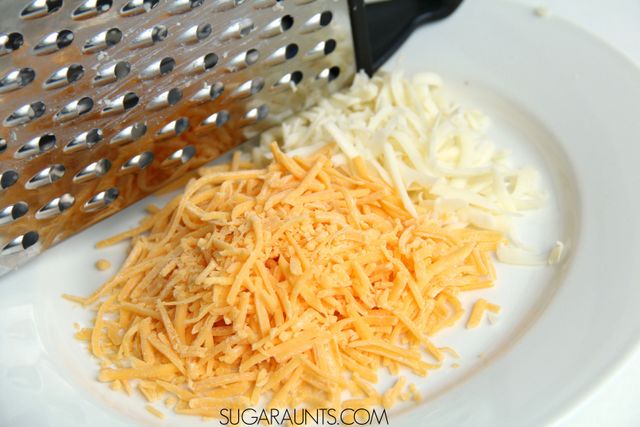
How can kids learn when cooking?
When cooking with kids, there are so many learning opportunities. Create a list of steps for the recipe and have your child read as they work. Children can check off completed steps. Stress the importance of completing the recipe in order. Oral and verbal direction following are worked on while kids cook. Kids can learn about safety while cooking. Shredding cheese with a grater, using a knife, and cooking at the stove are opportunities for safety lessons.
Did you know that occupational therapy learn to use cooking tasks as a therapy modality in their education? It’s true! We have entire courses dedicated to activity analysis and often times, cooking tasks play a huge role in those lessons.
We learn to use a simple cooking task to support many areas, from safety and motor skills, to balance, to practically every underlying area that supports function and development of skills.
In fact, executive functioning skills and cooking are pretty much co-existing, so a task like our simple veggie quesadilla is the perfect modality for supporting development. It’s practical and engaging!
When we cook, executive functioning skills are in motion, including cognitive processes such as planning, organization, task initiation, problem-solving, working memory, attention to detail, and self-monitoring. These skills are crucial for daily living and can be developed and enhanced through various activities, including cooking.
We included information on this aspect in each of the steps listed below. We also included information on the life skills components for each step of this recipe. Talk about activity analysis!
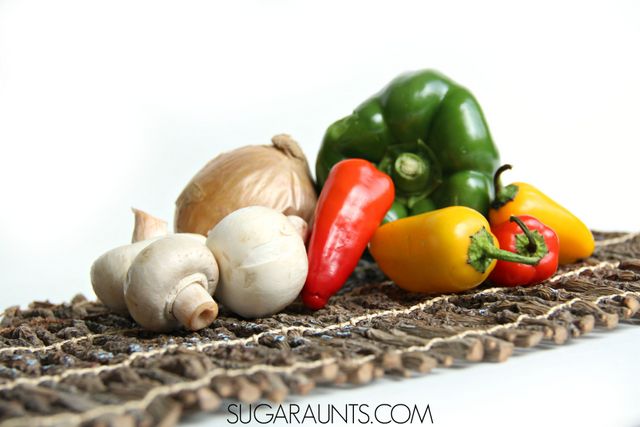
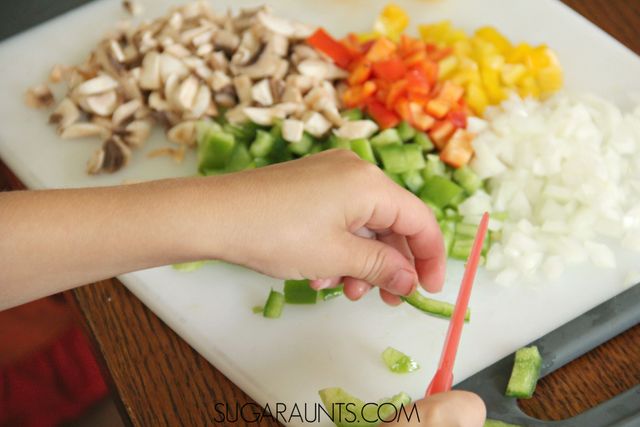
Easy Vegetable Quesadilla Recipe
First, you’ll want to gather the ingredients for the vegetable quesadilla recipe. Planning and Organization: Before starting a cooking task, the individual needs to plan by gathering all the necessary ingredients and cooking tools. This step requires thinking ahead and organizing the workspace.
Life Skills Application- You can’t cook without ingredients and you can’t complete daily life tasks without your materials! Just as organizing ingredients and tools is crucial for cooking, being able to organize one’s belongings, workspace, or schedule is essential in daily life. This can translate to managing personal items, setting up a workspace for efficiency, or planning a daily agenda.
Life Skill Activity– Ask your kiddos to conduct a safety audit in the kitchen, identifying potential hazards.
Ingredients:
- 2 Tortillas
- 2 Tablespoons olive oil
- Vegetables (peppers, mushrooms, onions, etc)
- 1/2 cup shredded Monterrey Jack cheese
- 1/2 cup shredded Cheddar cheese
- salsa, ranch dressing, or sour cream to dip
Directions:
- We began our Vegetable Quesadilla recipe by shredding a cup of cheddar and Monterrey Jack cheese. Put these aside on a plate.
- Chop, dice, and slice green peppers, red peppers, yellow peppers, onion, and mushrooms. The nice thing about a vegetable quesadilla is that you can substitute and add any vegetable. Add in tomatoes, squash, beans, hot peppers, or eggplant…your produce department or garden is the limit!
Attention to Detail: Paying attention to the size and uniformity of the chopped vegetables can enhance focus and attention to detail.
Life Skill Application- Chopping, dicing, and all of the fun of cooking requires fine motor control and concentration, similar to tasks such as writing, typing, or assembling small parts. The precision needed for chopping can improve one’s ability to perform tasks that require attention to detail, like filling out forms or crafting.
Life Skills Activity- Try chopping and cutting with different kitchen tools.
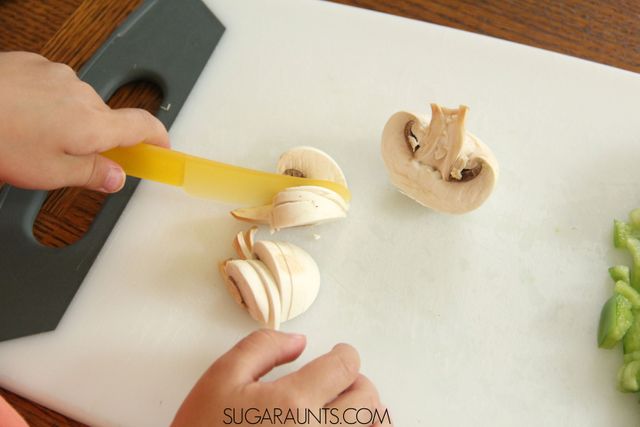
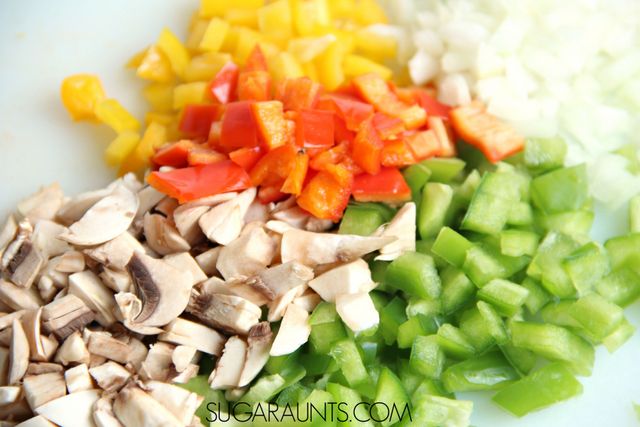
3. Next, warm 2 tablespoons olive oil in a pan. Sauté all of the vegetables except the mushrooms. Task Initiation and Self-Monitoring: This means that adjusting the heat to the correct temperature requires self-monitoring for safety. And, the ability to start a task promptly is needed to stay on task.
Life Skill Application- When you cook, you have to keep an eye on the stove or there can be huge safety issues! Starting and then monitoring the sautéing process supports life skills tasks like beginning a laundry cycle and checking on it periodically. It teaches us to start tasks independently and monitor their progress, adjusting as needed.
4. After 2-3 minutes, add the mushrooms to the pan. Continue cooking until soft. Teach the kids about safety with the oven at this point!
5. Warm a Quesadilla Maker and place a tortilla on the bottom.
6. Spread out the cooked vegetables over the tortilla. Working Memory: Remembering the order of ingredients and where they are placed on the tortilla engages working memory.
Life Skill Application- Placing ingredients on the tortilla in a specific order involves understanding sequences and spatial relationships, and this is a skill we use day in and day out! Think about life skill tasks like organizing a drawer or planning how to pack a suitcase efficiently.
Life Skills Activity- Manage a small budget for a project or a shopping list, making sure to stay within the set limits.
7. Sprinkle cheese all over the vegetables and layer a second tortilla on top of the cheese. Close the lid to the quesadilla maker and allow it to cook until the light changes, indicating done-ness (about 4-5 minutes). Problem-Solving: Deciding when to check on the quesadilla in the quesadilla maker uses problem solving. If you are cooking in a pan on the stove top, you’ll need to flip the quesadilla at this point. This ensures it is cooked evenly without burning involves problem-solving and decision-making skills.
Life Skill Application- Cooking each side for the right amount of time requires time management, similar to allocating time for different tasks throughout the day. Adjusting the heat if the quesadilla is cooking too quickly or too slowly involves problem-solving, which is applicable in situations like adjusting plans when an unexpected event changes the day’s schedule.

8. Slice the quesadillas along the section lines using a pizza wheel. Goal Achievement: Completing the cooking process and serving the quesadilla provides a tangible result, reinforcing the concept of following through to achieve a goal.
Life Skill Application- Cutting and serving food is a huge life skill! This is one that you will use several times a day.
Life Skills Activity- Prepare the food and ask the kiddos to focus on the layout and organization of the content to make it appealing.
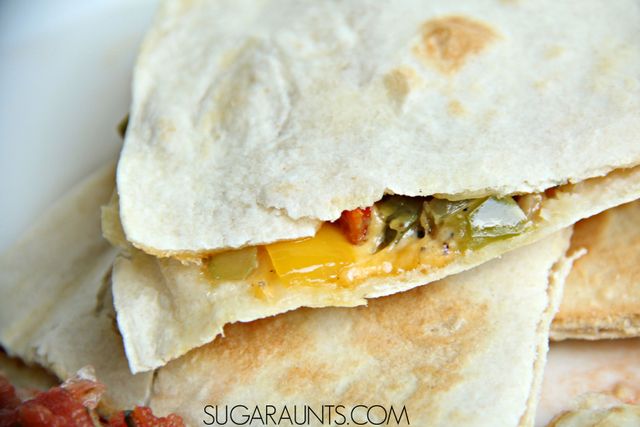
Serve with salsa, sour cream, or ranch to dip.
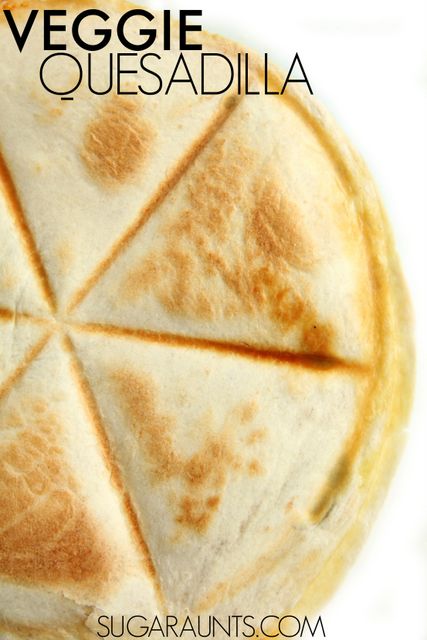

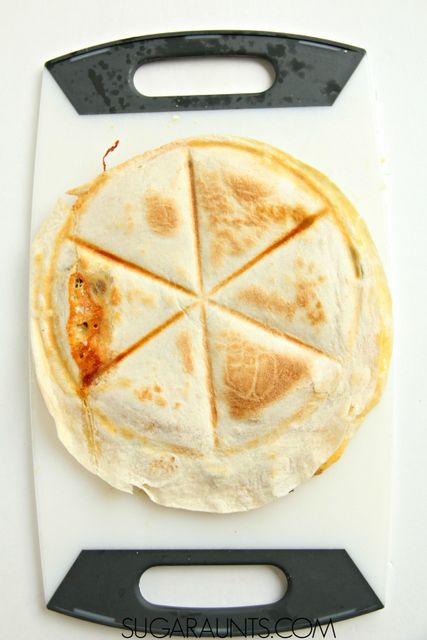
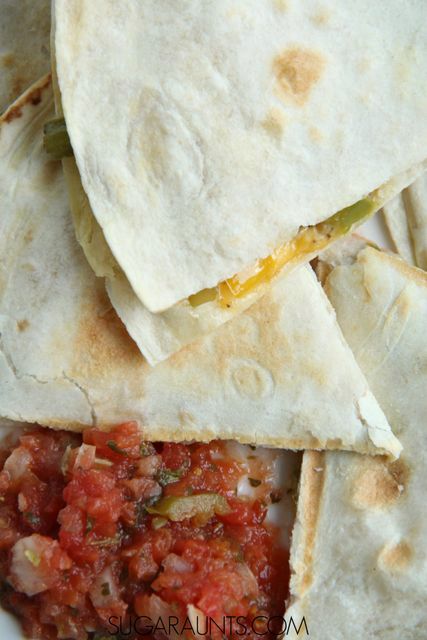
With a vegetable quesadilla, children get the opportunity to try new vegetables that might be new to them. The hand-held finished dish is a fun one to eat.
Dipping the quesadilla slices into ranch, salsa, or sour cream may encourage your child to try this recipe and new tastes. Have fun experimenting with vegetable combinations!
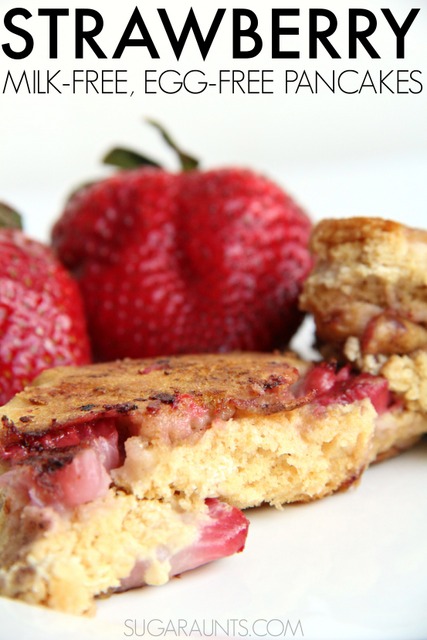
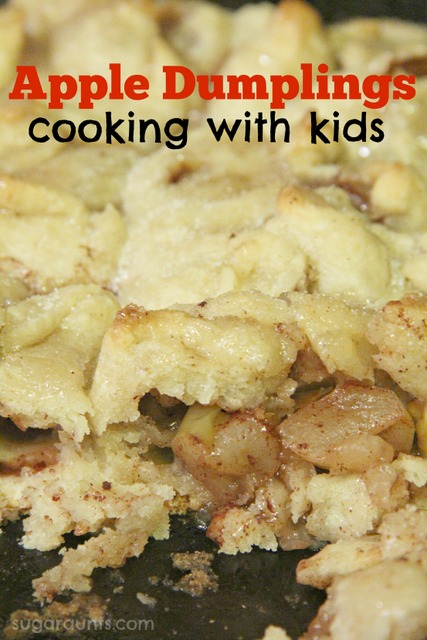

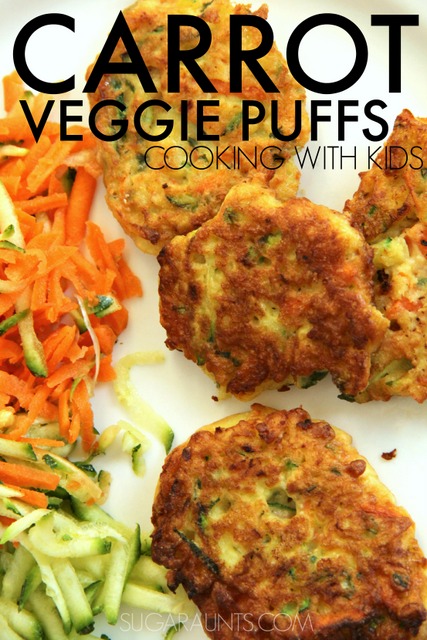
Here are more recipes that kids can make to support skill development:
- A is for Apple Dumplings Recipe
- B is for Banana Cheesecake Bites
- C is for Carrot Veggie Puffs Recipe
- D is for Dough recipe
- E is for Egg Strata Recipe
- F is for Flour Strawberry no milk/no egg Pancakes
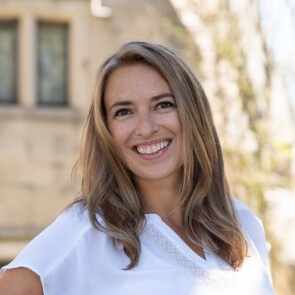
Colleen Beck, OTR/L has been an occupational therapist since 2000, working in school-based, hand therapy, outpatient peds, EI, and SNF. Colleen created The OT Toolbox to inspire therapists, teachers, and parents with easy and fun tools to help children thrive. Read her story about going from an OT making $3/hour (after paying for kids’ childcare) to a full-time OT resource creator for millions of readers. Want to collaborate? Send an email to contact@theottoolbox.com.


